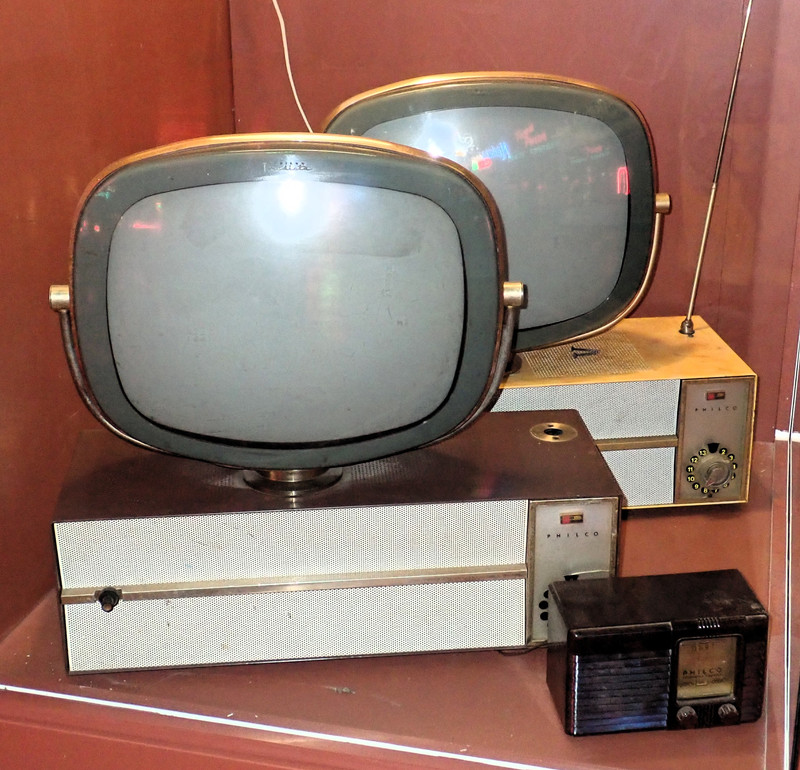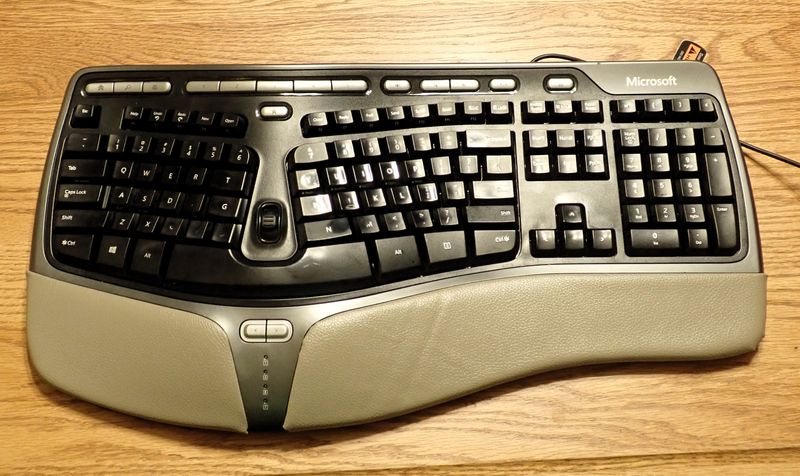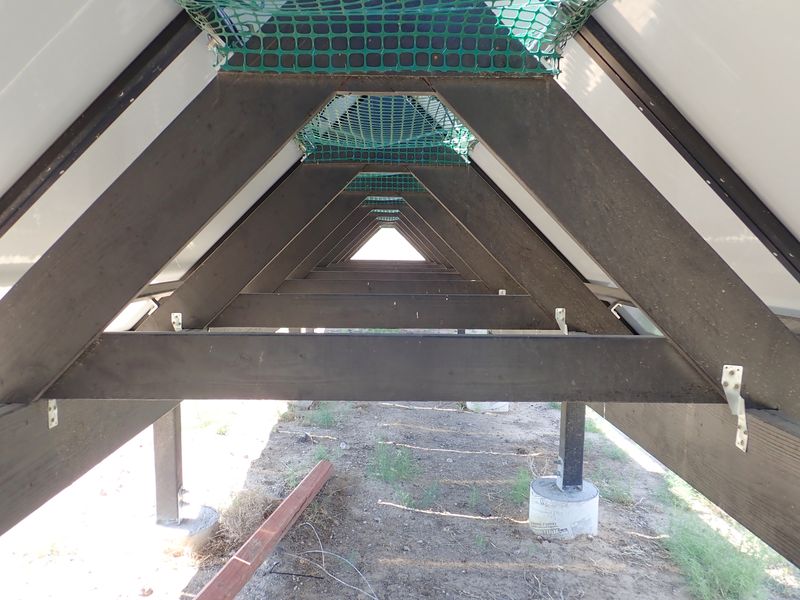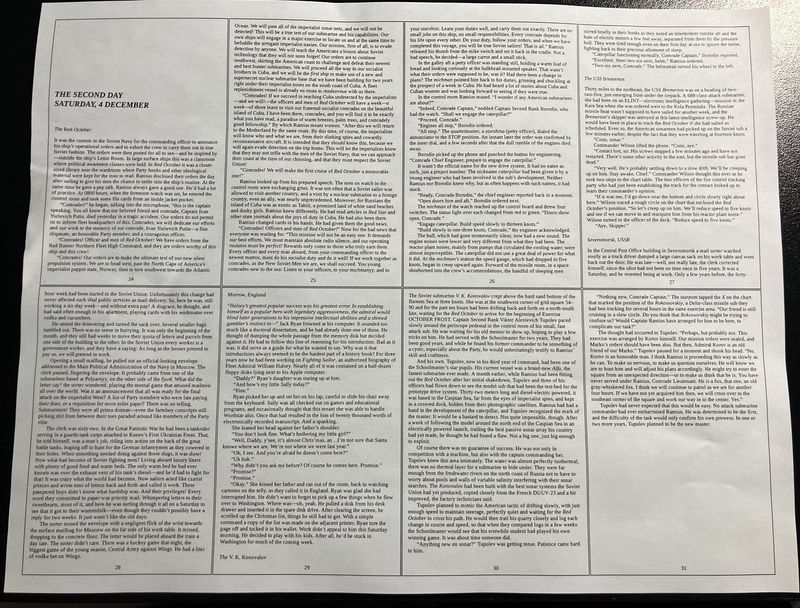Weekend Trip to The Dalles
One of the perks of owning an old car is the excuse to do some traveling for car meets. Sadly, this year’s meet didn’t involve dragging the old cars around to tour (Covid has thrown a bit of a wrench in some of this stuff), so we loaded the kids into the Volt and pointed our nose west, running along the Columbia River and through the Power Corridor on our way out to The Dalles. The highlight was a tour of the National Neon Sign Museum with the club!
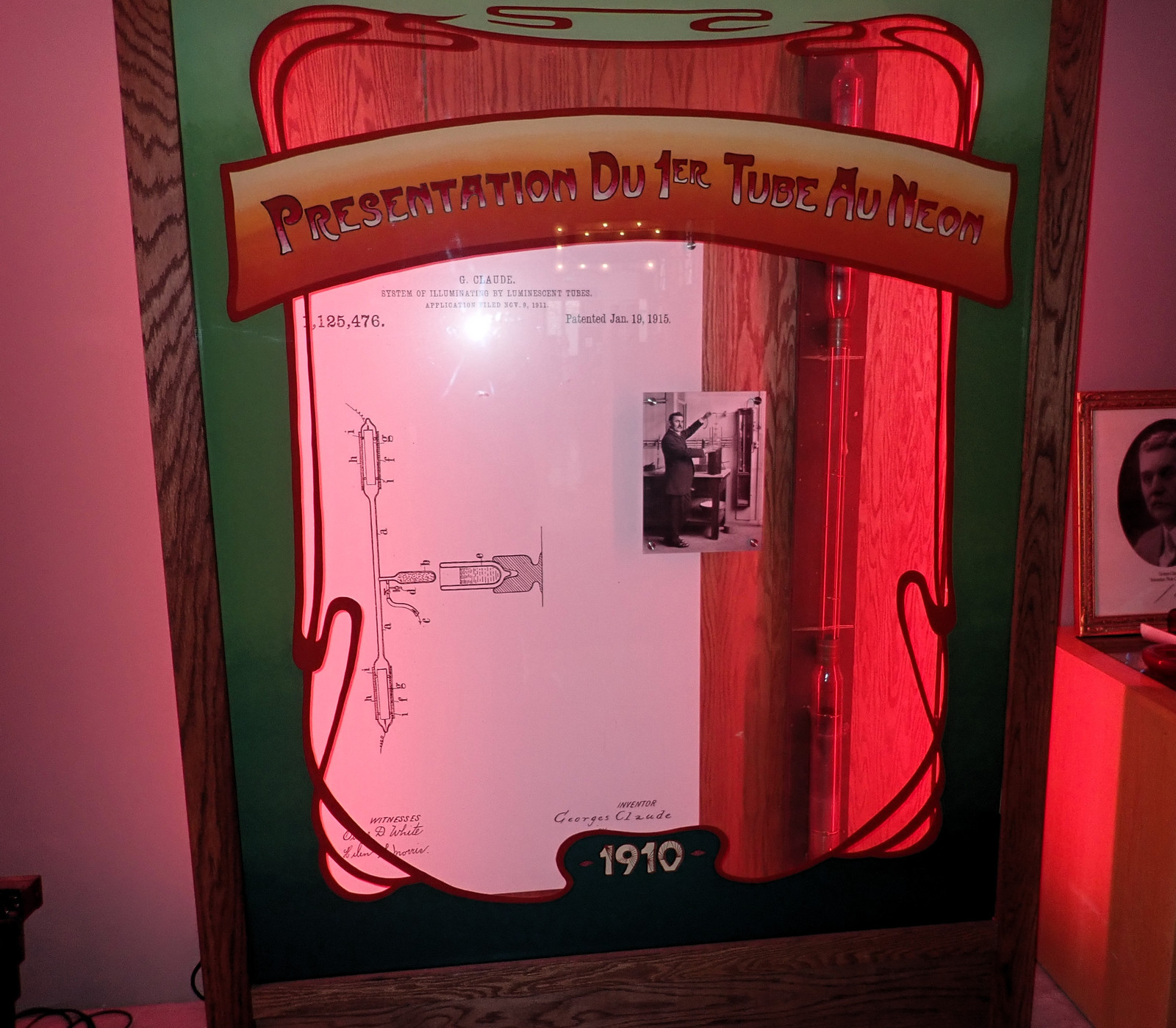
The Power Corridor
I’m sure there’s some name for the stretch of I-84 that runs along the Columbia River out to the Oregon coast, but I generally refer to it as the Power Corridor. Why? You’ll see shortly!
But, first, I just love getting out west and having “visibility to the horizon.” I know it’s not a thing in large parts of the world, and some people like that, but I’m just a huge fan of being able to see to the natural horizon, for miles and miles. The hill out there makes for a short bit of visual range here, it’s only a few miles!
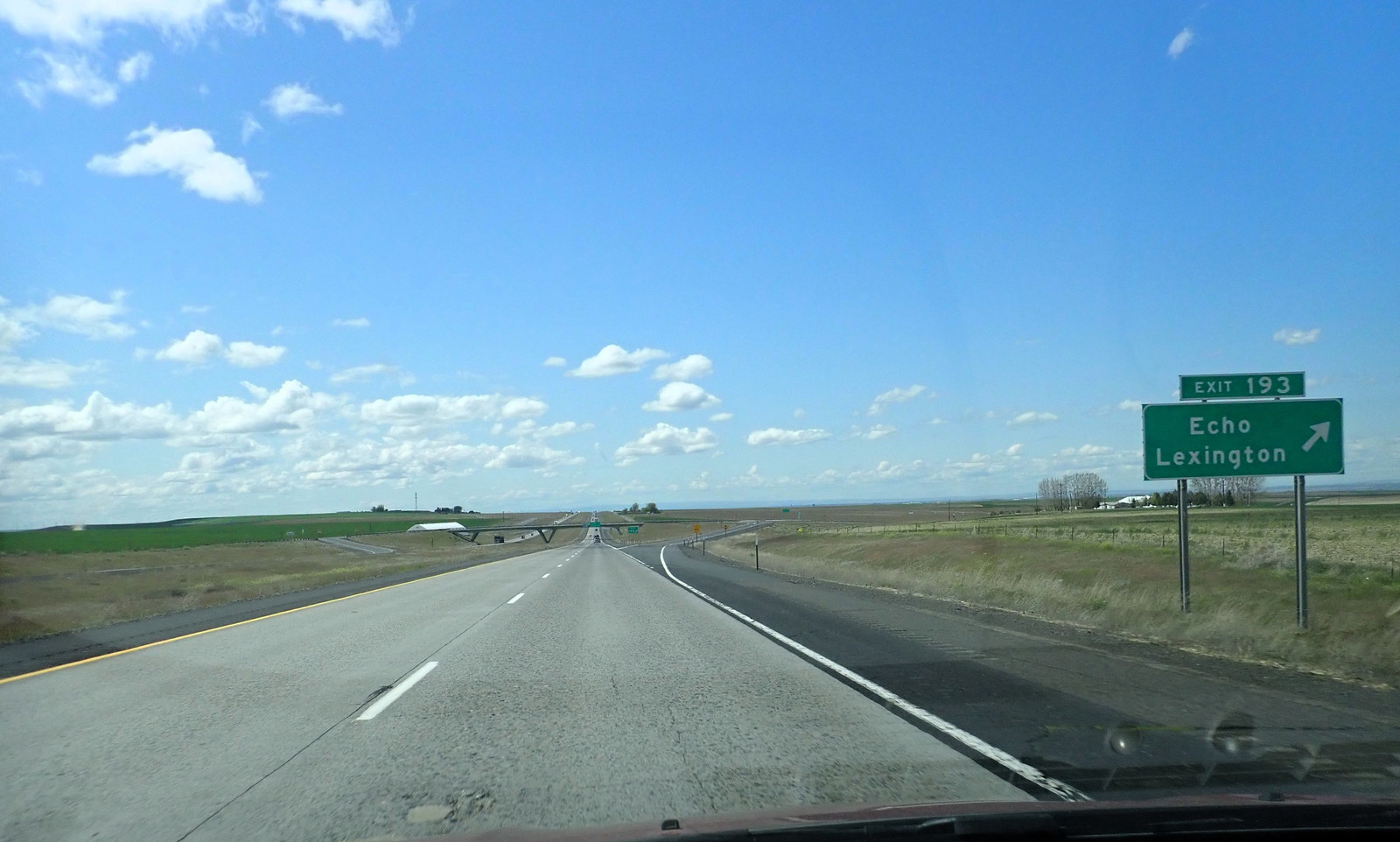
Why do I call it the Power Corridor? The Columbia River has a lot of dams, a lot of wind, and a lot of power transmission capacity along it. There are several parallel runs of high tension lines, often loaded with multiple conductors per phase, and while I’m not sure of the voltages, I’m willing to bet they’re running up on the high end of what’s technically feasible. Anyone know what the voltage on these runs is? I know there are some high voltage DC ties into this system that run down to California, but I don’t know what’s actually running along the river.
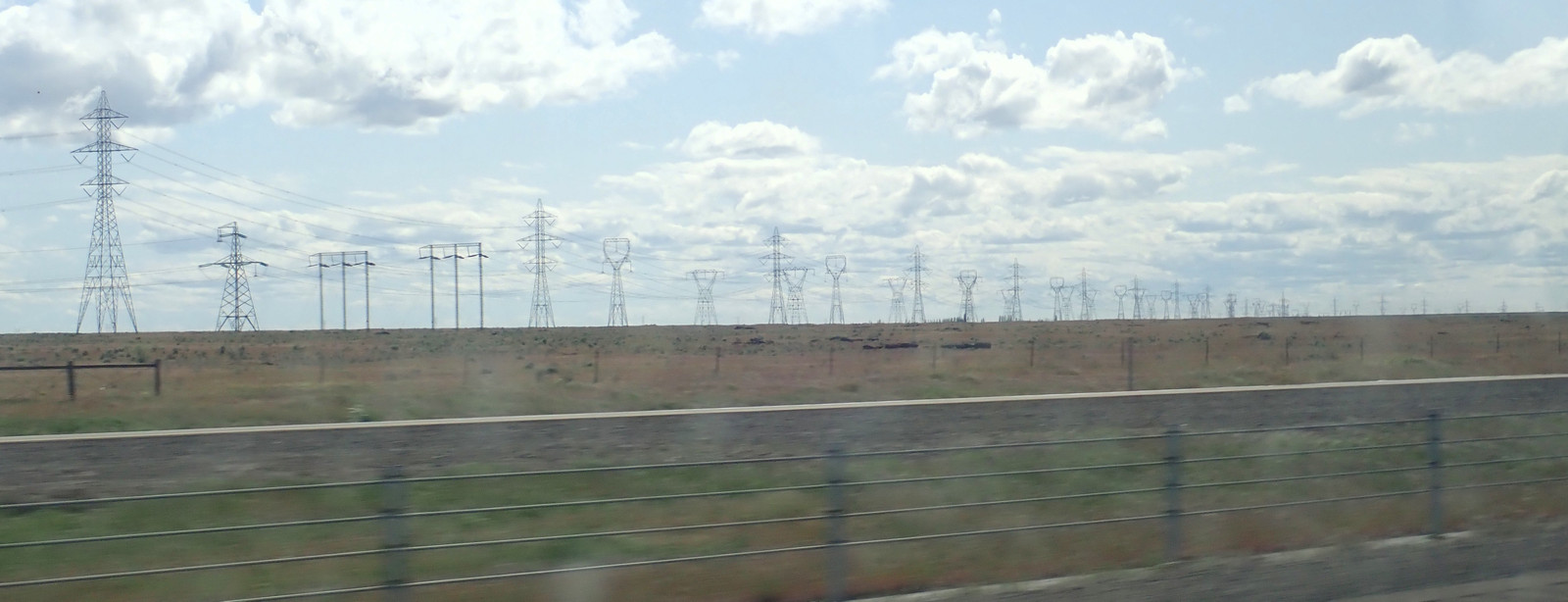
As you go further on, you hit the sections of wind turbine. And they just keep going. There’s a stretch of easily 50 miles where the horizon is filled with turbines - on the plains, on the ridges, along the canyon… just, everywhere you look, turbines. And they’re not small ones, either. These are the big, many-megawatt types. Plus, of course, we passed a variety of turbine blades on the trip. They travel on the now-standard long turbine blade carriers, which are massively over-length and travel in a convoy of pilot cars. I can only assume the cost of transporting the blades is justified the the output of the ever-larger turbines, but maybe we could figure out how to make a portable turbine blade factory? Put it onsite for construction, pack it up and move it to the next site?
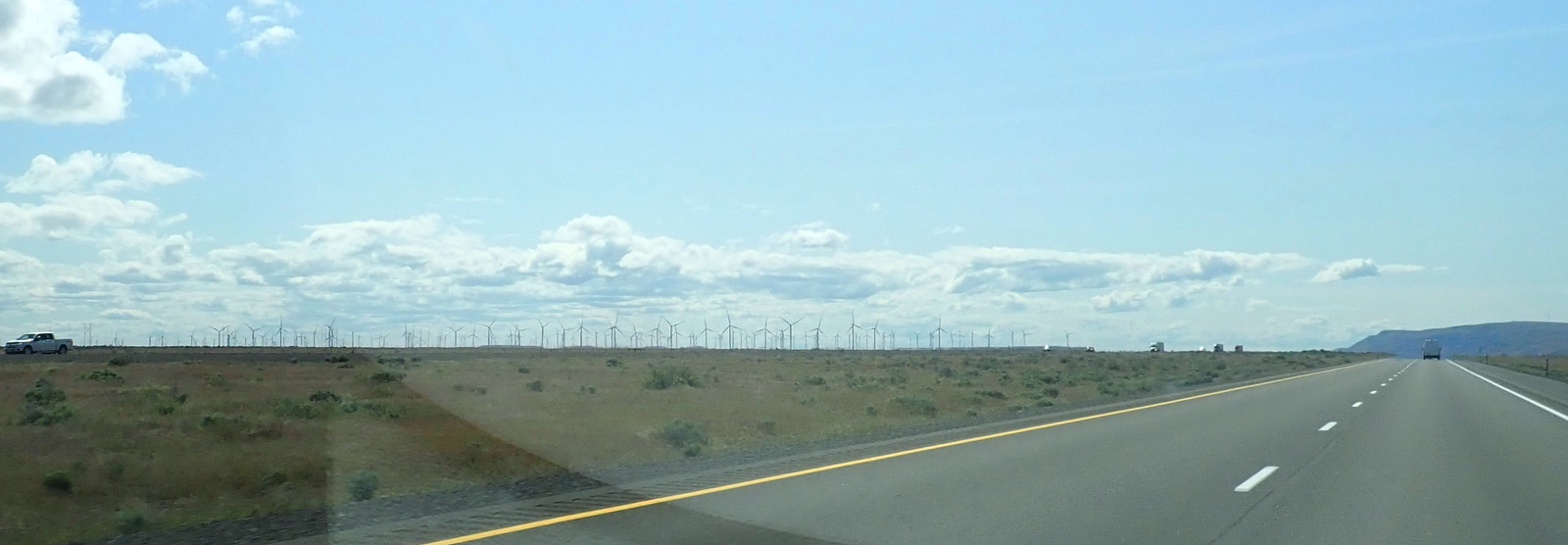
The National Neon Sign Museum
On a wet, rainy Oregon morning, the car club got a private tour of the National Neon Sign Museum. This is a wonderful museum of neon signs, in a beautiful old building - it’s the old Elks Building, and while I don’t envy the deferred maintenance that has to be kept up with, it’s a wonderful building for something like this. The museum is a perpetual work in progress (and of passion), but they have quite a bit on display already, including some exceedingly rare tubes.
The tour starts with about a 15 minute video going through how neon signs are made - by hand, with lots of fire, from glass tubes. Neon is very much a “made by hand” art form. It started that way, and has remained that way. It’s not automated like most other things in life, and remains absolutely a low volume art.
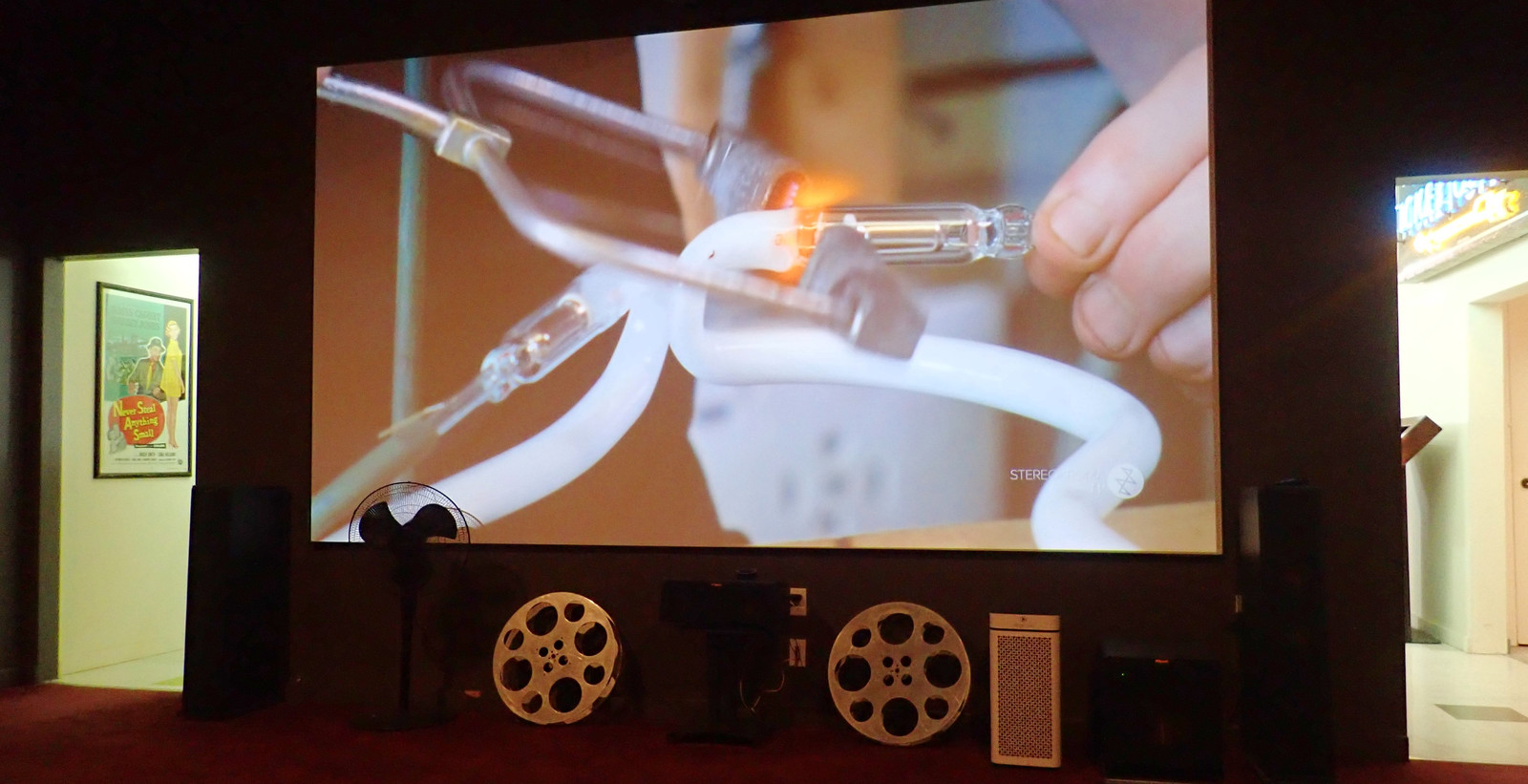
The theater is a neat little place too - it has some vintage theater seats, as well as a range of suitably vintage movie posters scattered around.
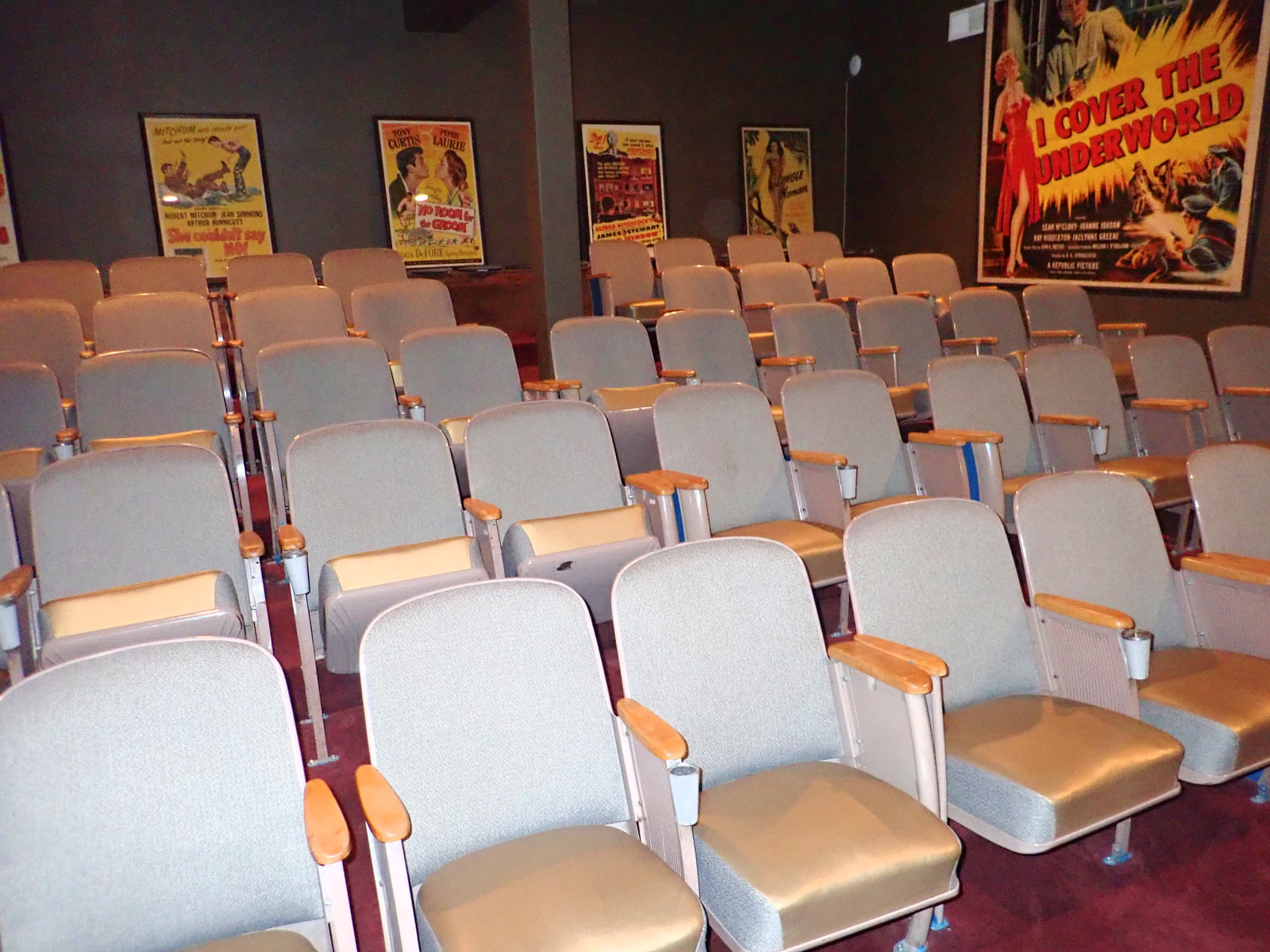
Yes, that’s an ashtray. Kids, ask your grandparents when the last time they smoked in a movie theater was, because I’ve no idea when this ended. It predates me going to movies.
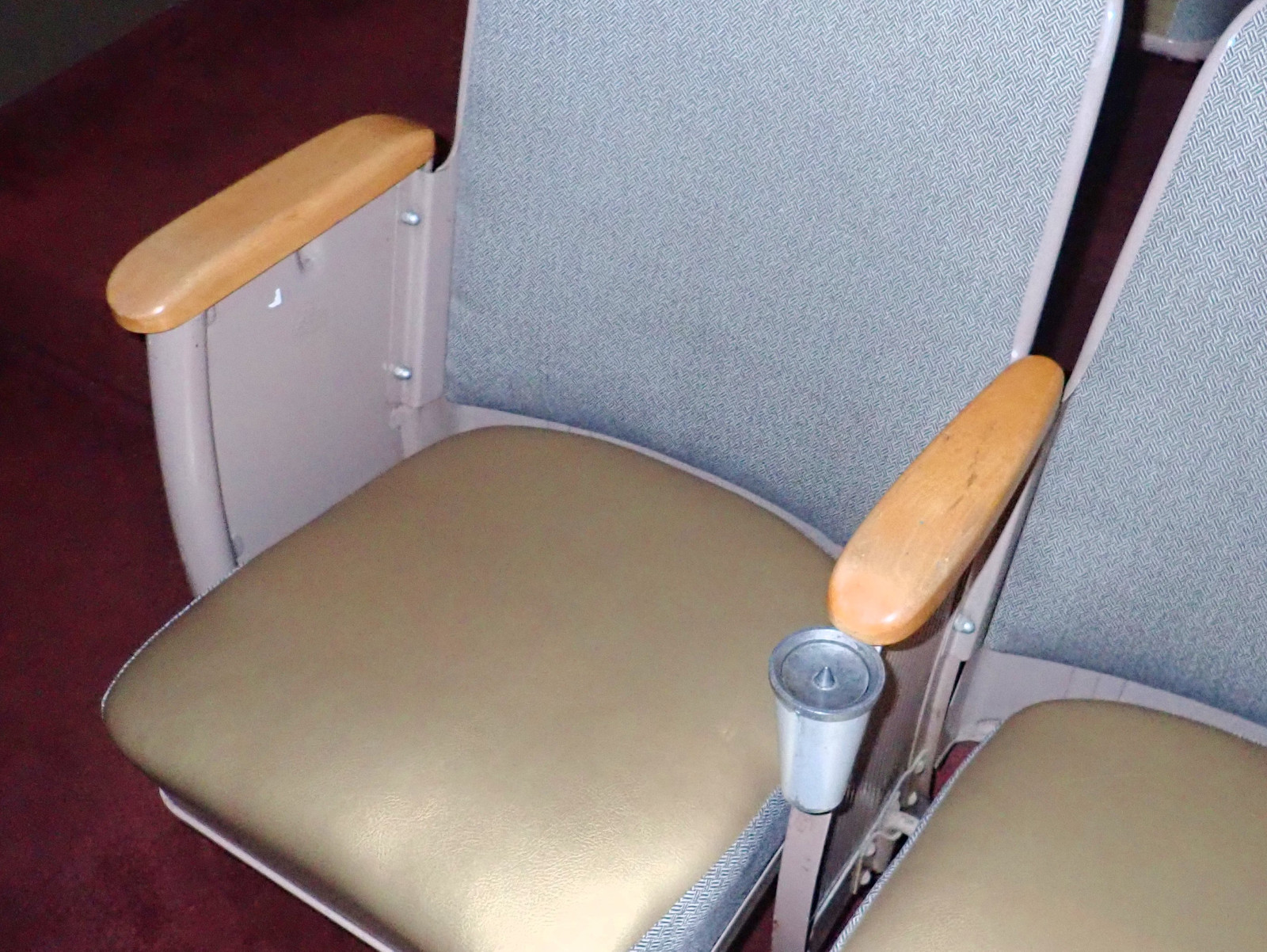
After the movie is over, it’s onto the main section of the museum for the tour!
Early Signs and Electricity
The tour starts with some exhibits on the early age of electricity and the work that went into discovering what, exactly, this mysterious force was. Your standard two wheel electrostatic machines, meters, Leyden jars, and photos of those who have, presumably, zapped the hell out of themselves in pursuit of understanding the force that, in a very real way, drives every aspect of our modern civilization. It probably wasn’t intentional, but I very much like the modern outlet quietly lurking in the back behind all these older machines.
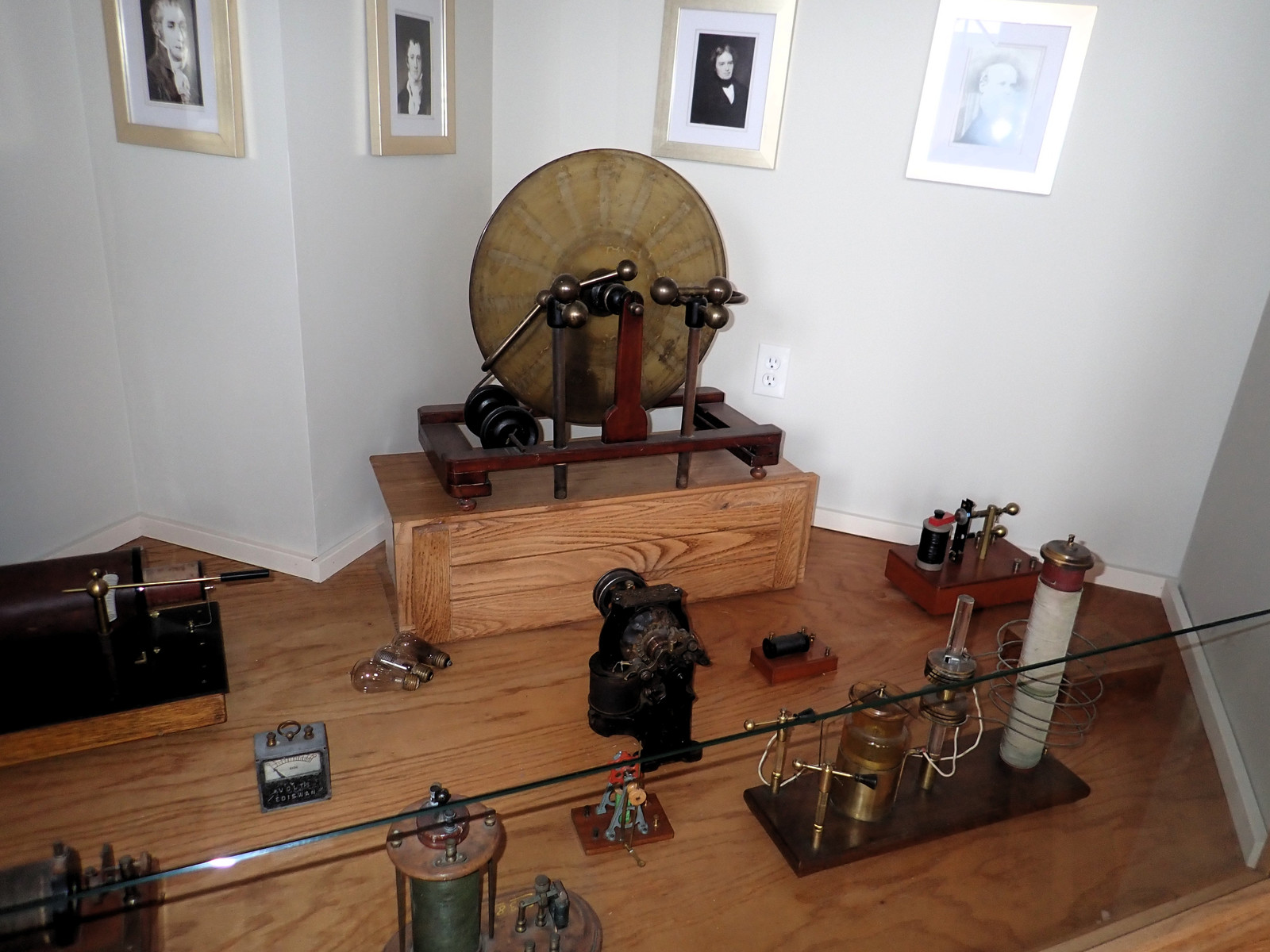
There are some other exhibits in which plenty is written, which I didn’t have a chance to chew on - tour pace and needing to keep tabs on two small children. A lot of the stuff in here is one of a kind! The rest of the room is older signs, of the pre-neon era. They’re lit, but just by normal incandescent lighting shining through frosted glass, or glass insets in a metal frame. An interesting contrast pointed out is that the older signs almost always just described what you’d find somewhere - they weren’t anything we’d consider branding, and only rarely did they include company names.
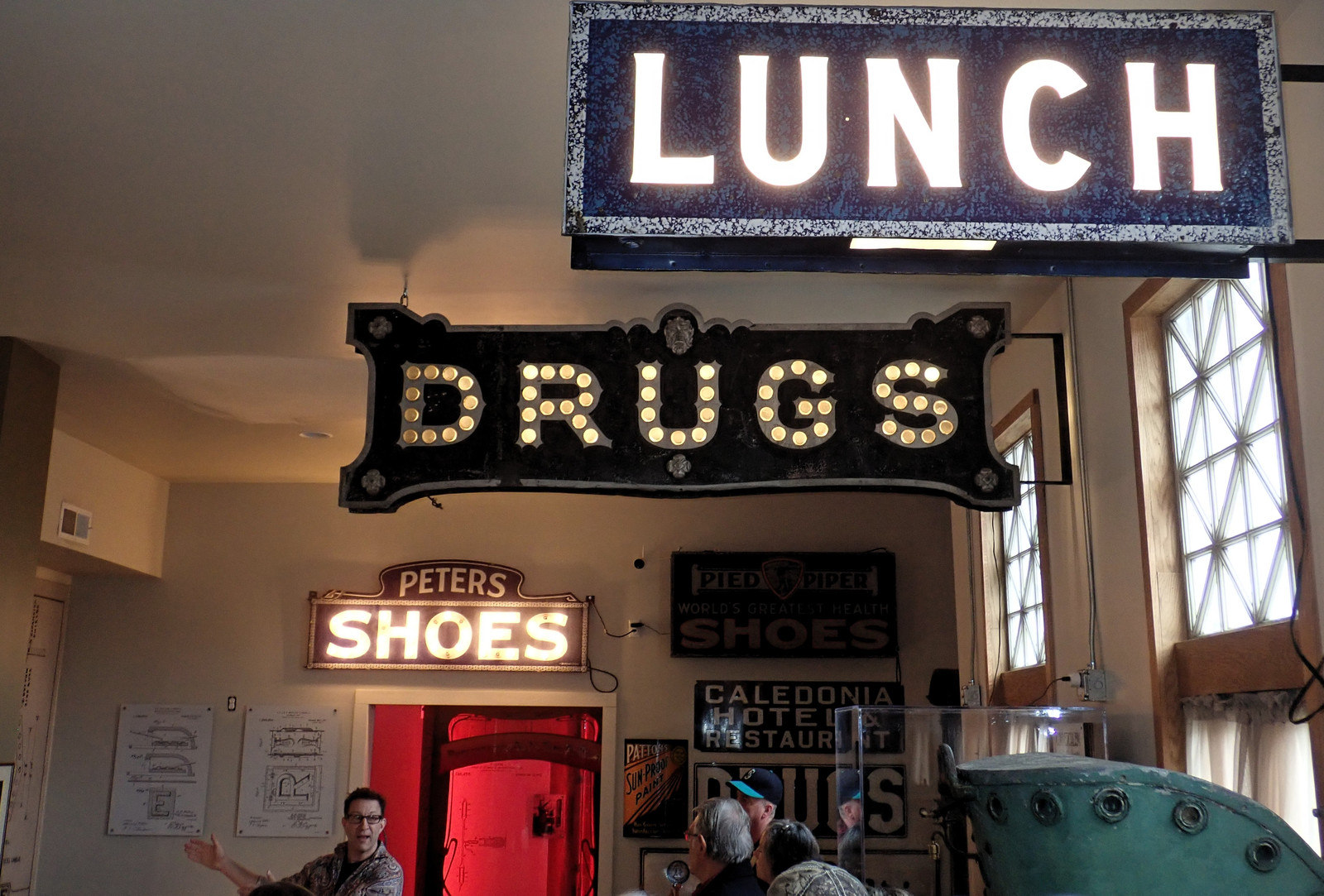
There are lots of older catalog pages reproduced throughout the museum. Prices have… gone up, rather substantially, in the time since this catalog page was relevant. If you look at the lower right sign, you’ll notice that each of the letters is a separate piece - so, like modern “stick the letters in to tell horrible jokes to everyone who passes by” signs, you can create whatever you want.
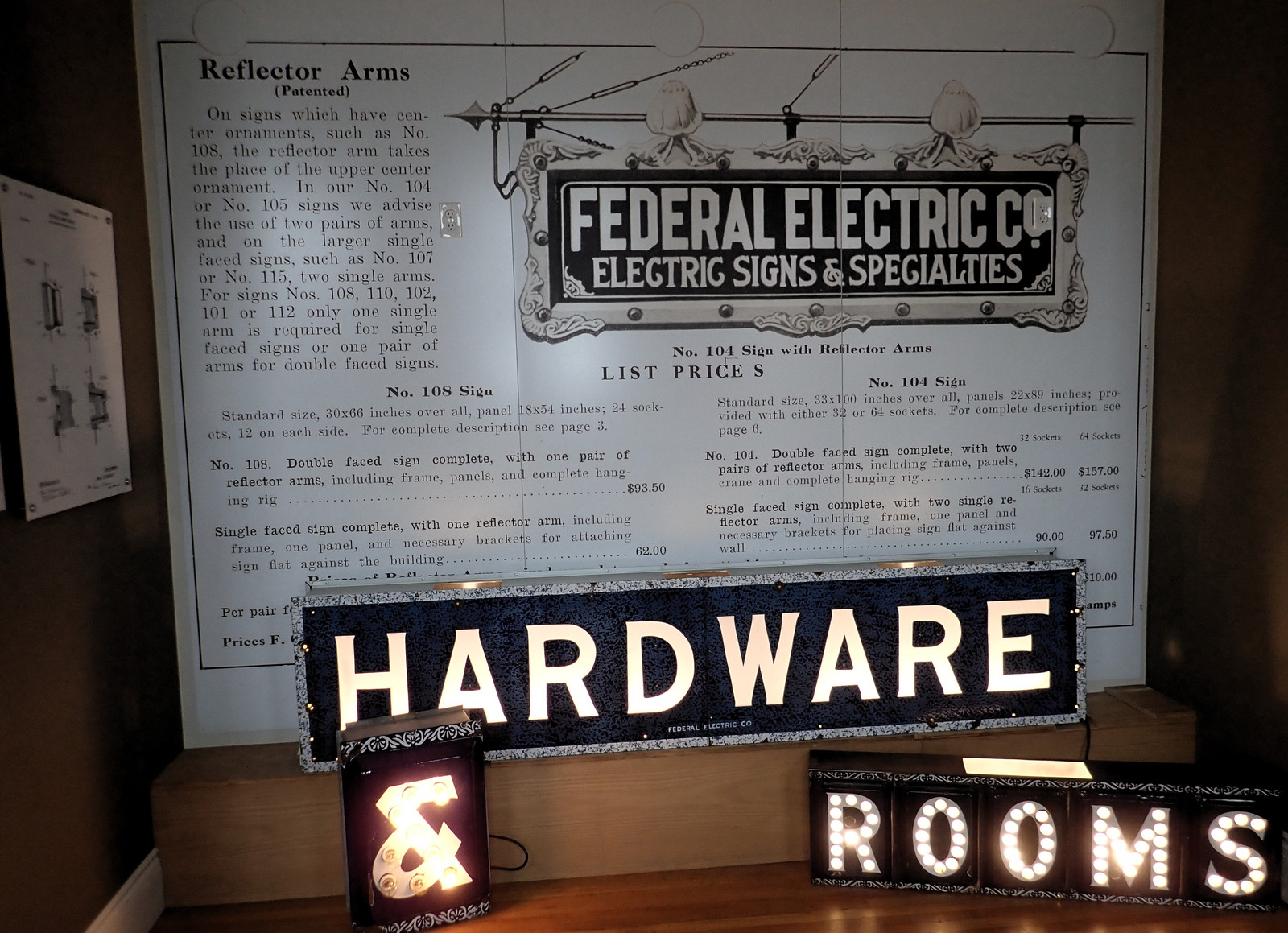
And for no reason beyond, “This is very, very similar to the clock my grandparents had,” a grandfather clock. Minus some of the critical pieces to operation, which seem to be lying over to the right of it. Not a lot of these still seem to be in operation - they’re designed for long operation, but can’t go indefinitely without maintenance, and the number of people who can maintain them seems to be ever dwindling.
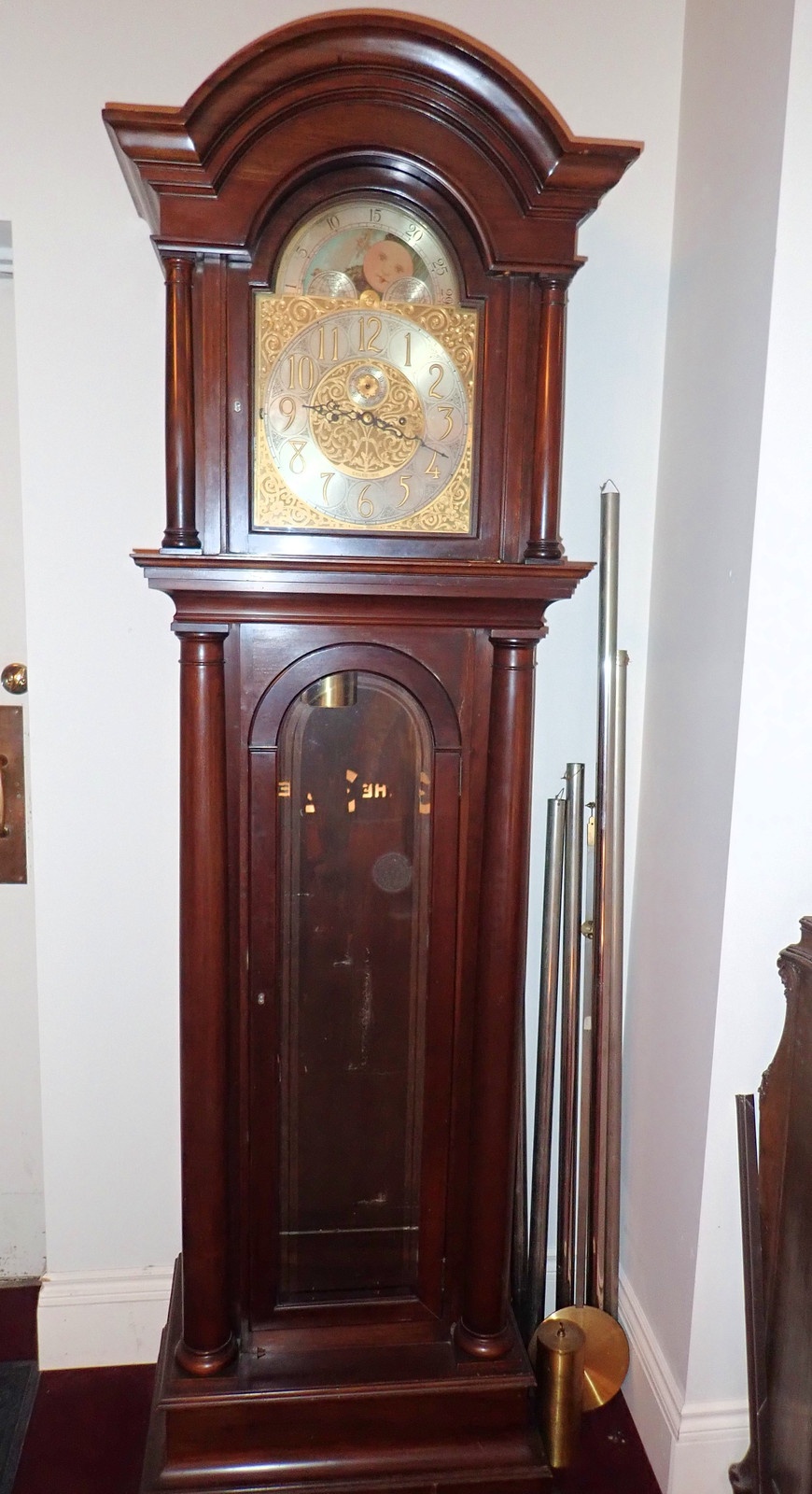
Early Neon
Moving around the corner and out of the sunlight, the back of the museum is lit purely with neon and argon. I’ve tried to capture some of the color, but it’s a very, very red glow - quite pleasant, really! Back here, there are all sorts of older signs from the early age of neon - the 1920s, 1930s, etc. Apparently even during the middle of the Great Depression, businesses bought neon signs, as the novel advertising, visible glowing even during the day, brought in customers.
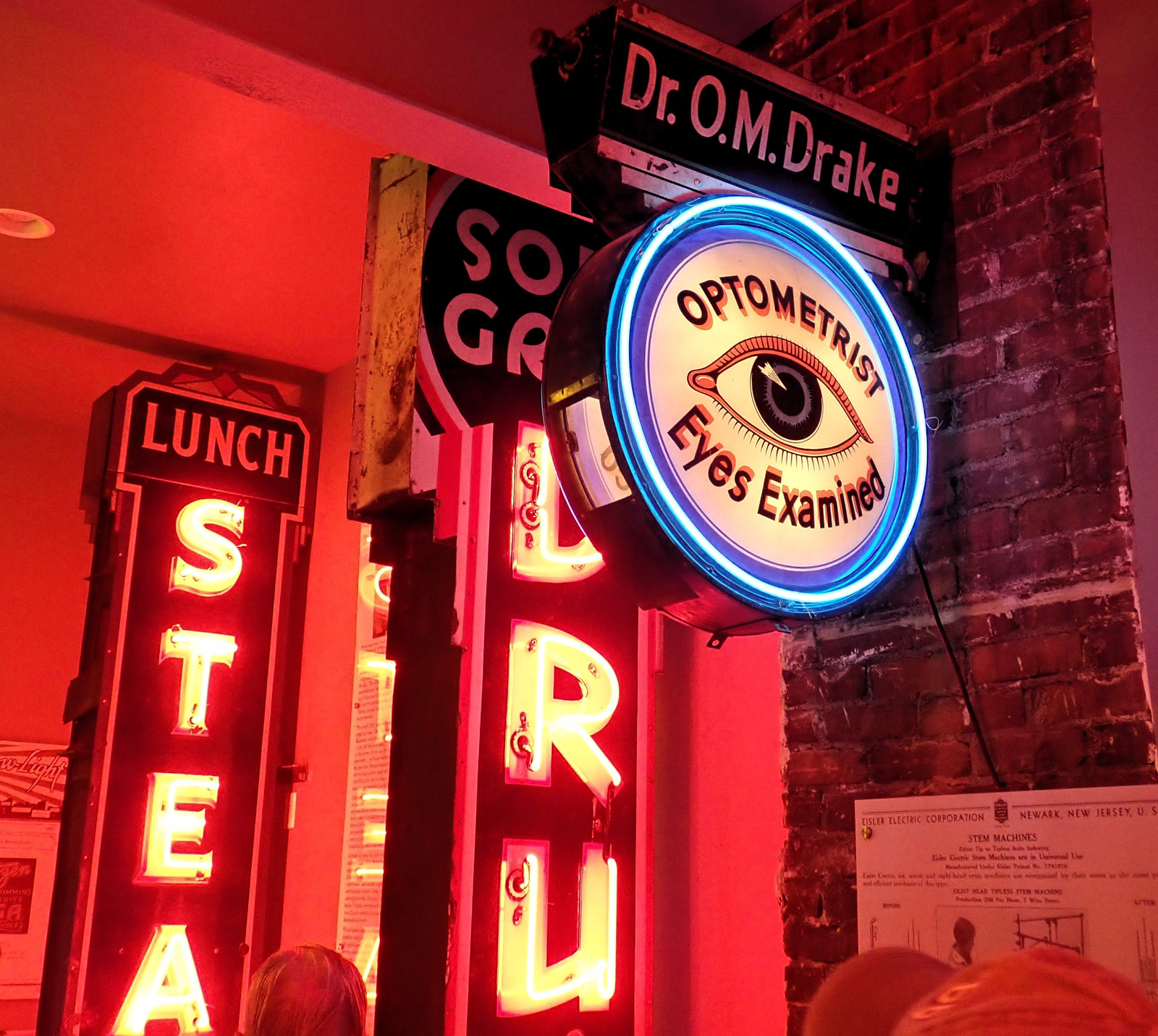
Need tools and electrodes? I don’t have a good sense at all for how the different types of electrodes impact the performance of neon, but there are plenty of options available. These are melted onto the end of the glass tube to allow the high voltage to flow through.
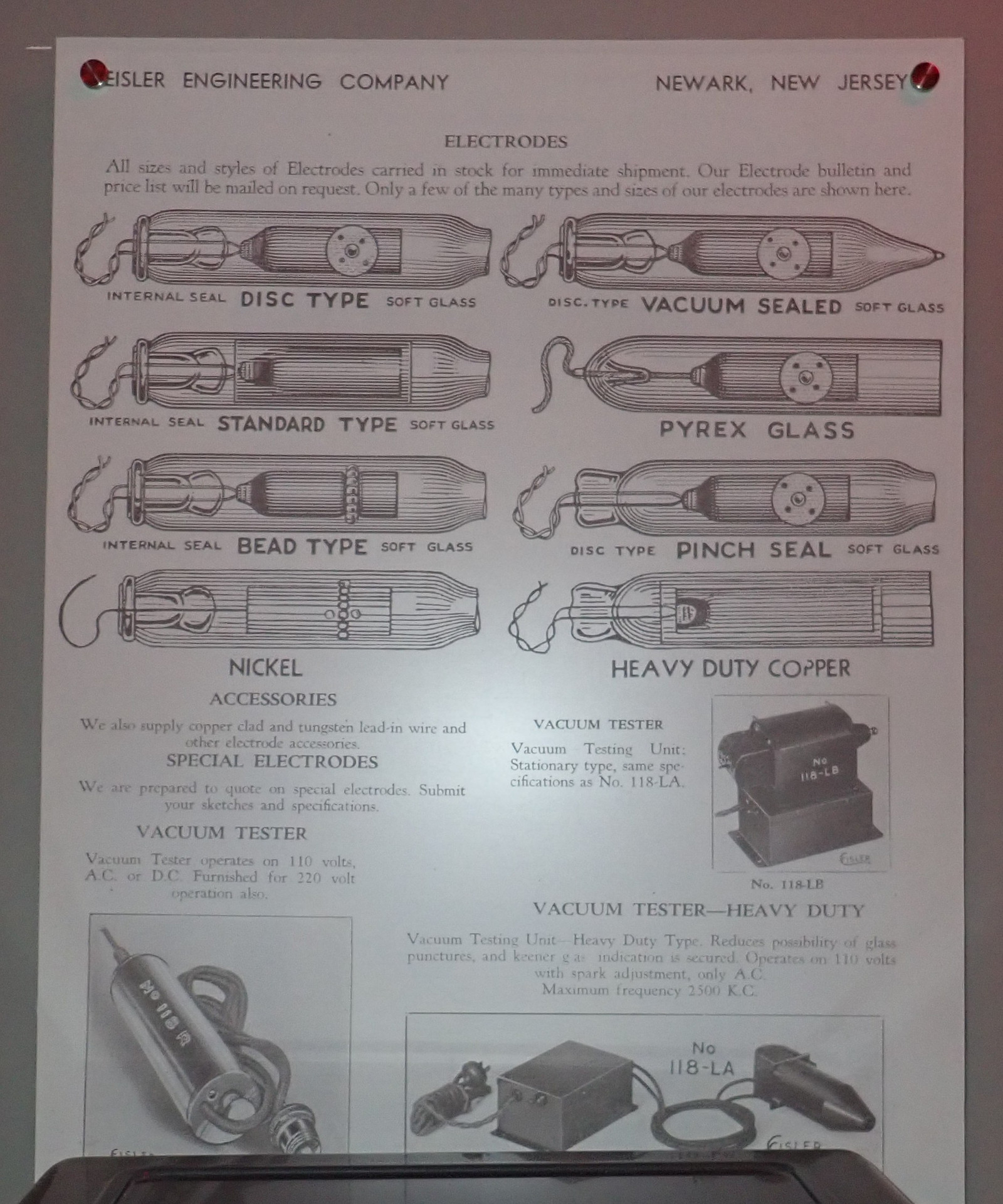
Neon was first introduced to the public at the Paris Motor Show, in December 1910. After much searching, running down leads into dead ends, and generally refusing to give up until he found it, museum founder David Benko finally found the original exhibit tube - and brought the first public tube into his collection!

I believe this tube was the first neon tube in the United States, not many years later. I do wish I’d recorded the tour, because David is just a fountain of knowledge and, dare I say, glowing passion for neon?
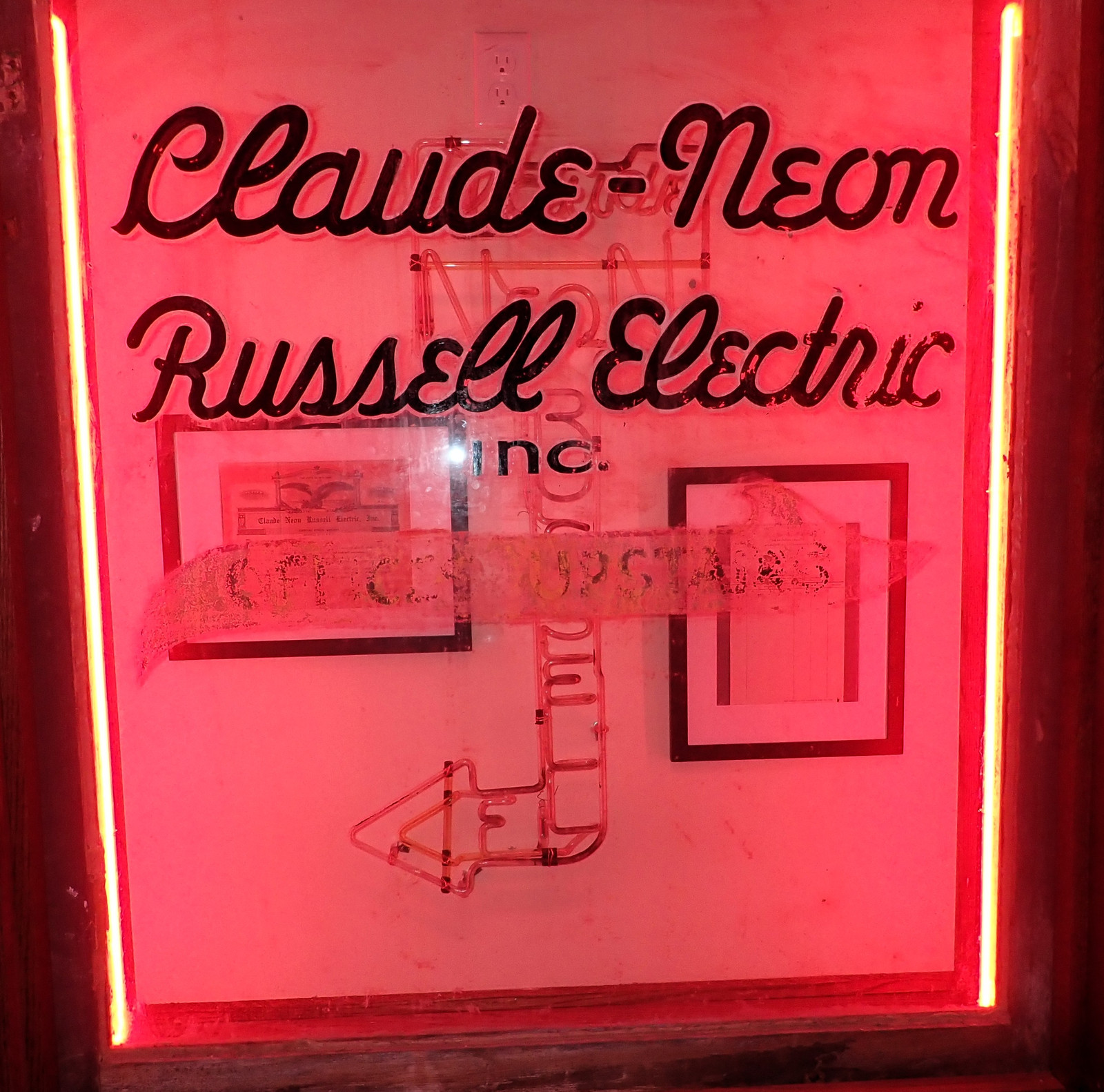
Of course, being on a Willys car meet, I couldn’t help but take a picture of one of the bits of Broadway advertising proudly featuring Willys-Overland!
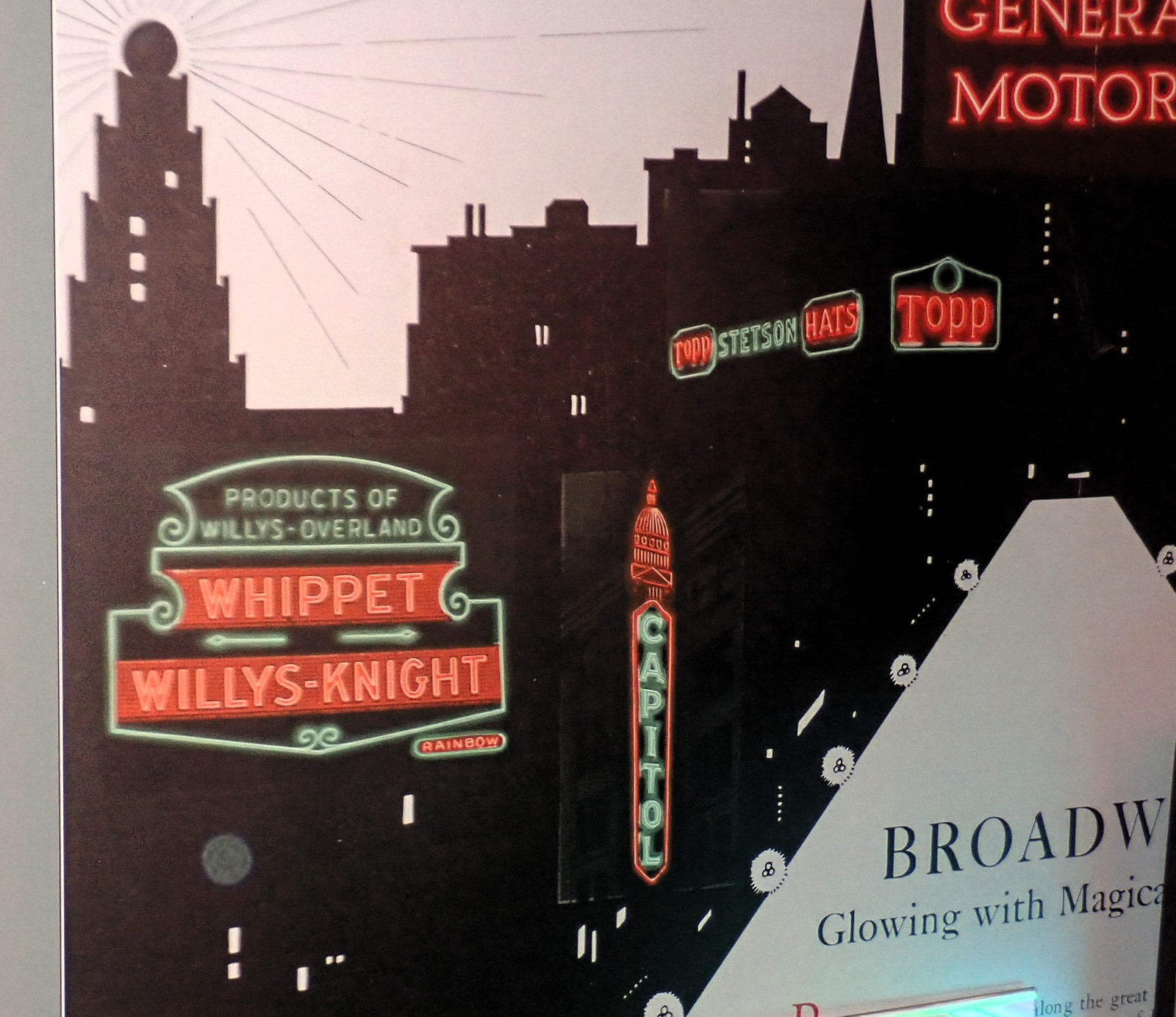
And, of course, a bit of aviation history. Putting neon signs on roofs for pilots at night sounds like a good idea, though I do have to wonder just how well glass tubes would hold up against, say, a good midwest hail and ice storm. Signs are a lot better protected than something firing up into the night sky!
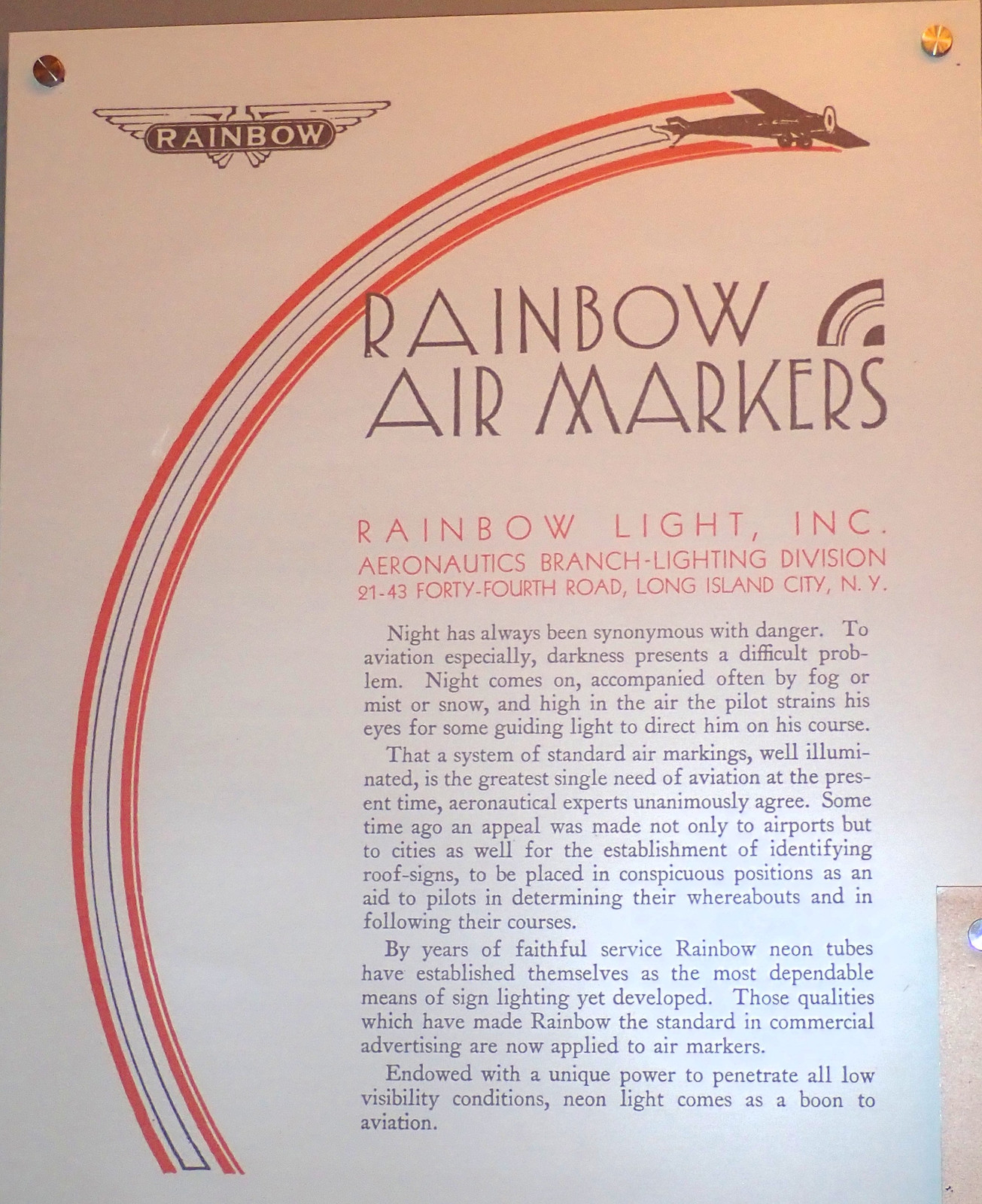
Originally, you could only get two colors for your sign - the brilliant red-orange of neon, and the fainter blue of argon. Eventually, this was expanded into the wider range of colors most people associate with neon by the addition of more gases, and adding various phosphors to the inside of the tubes used. Think of a fluorescent light, with the powdery phosphor coat on the inside of the tube. But early on? Red or blue - you could have either!
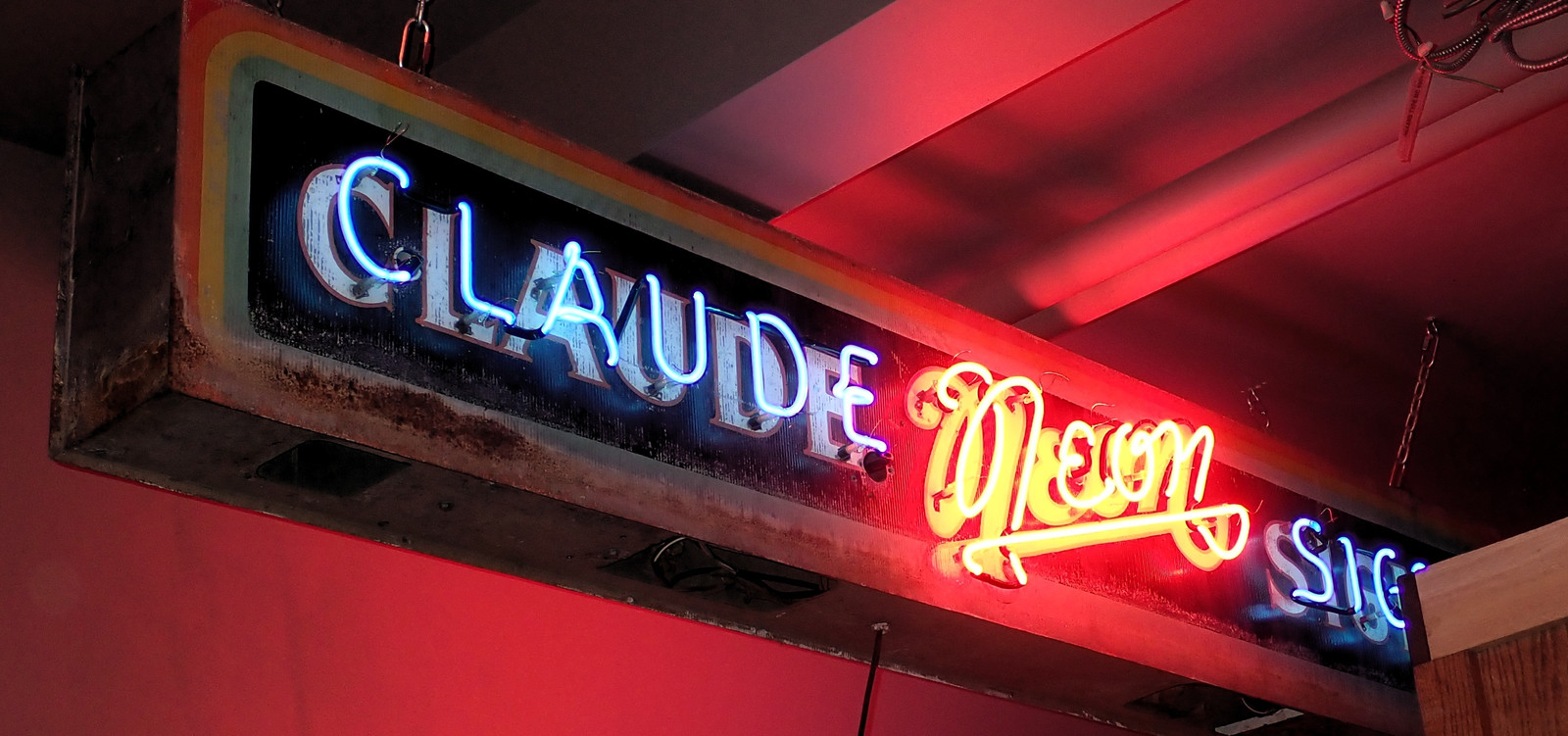
Yet More Neon
One of my favorite little signs in the museum is a welding shop sign, and pictures really don’t capture the flashing of the “sparks” flying away from the quite bright welding arc. I probably should have gotten video… or you can go visit the museum if you’re out that way! When “welding,” the bright blue light at the bottom is lit, the welding rod is down, and the bulbs are rapidly cycling out to simulate sparks flying out.
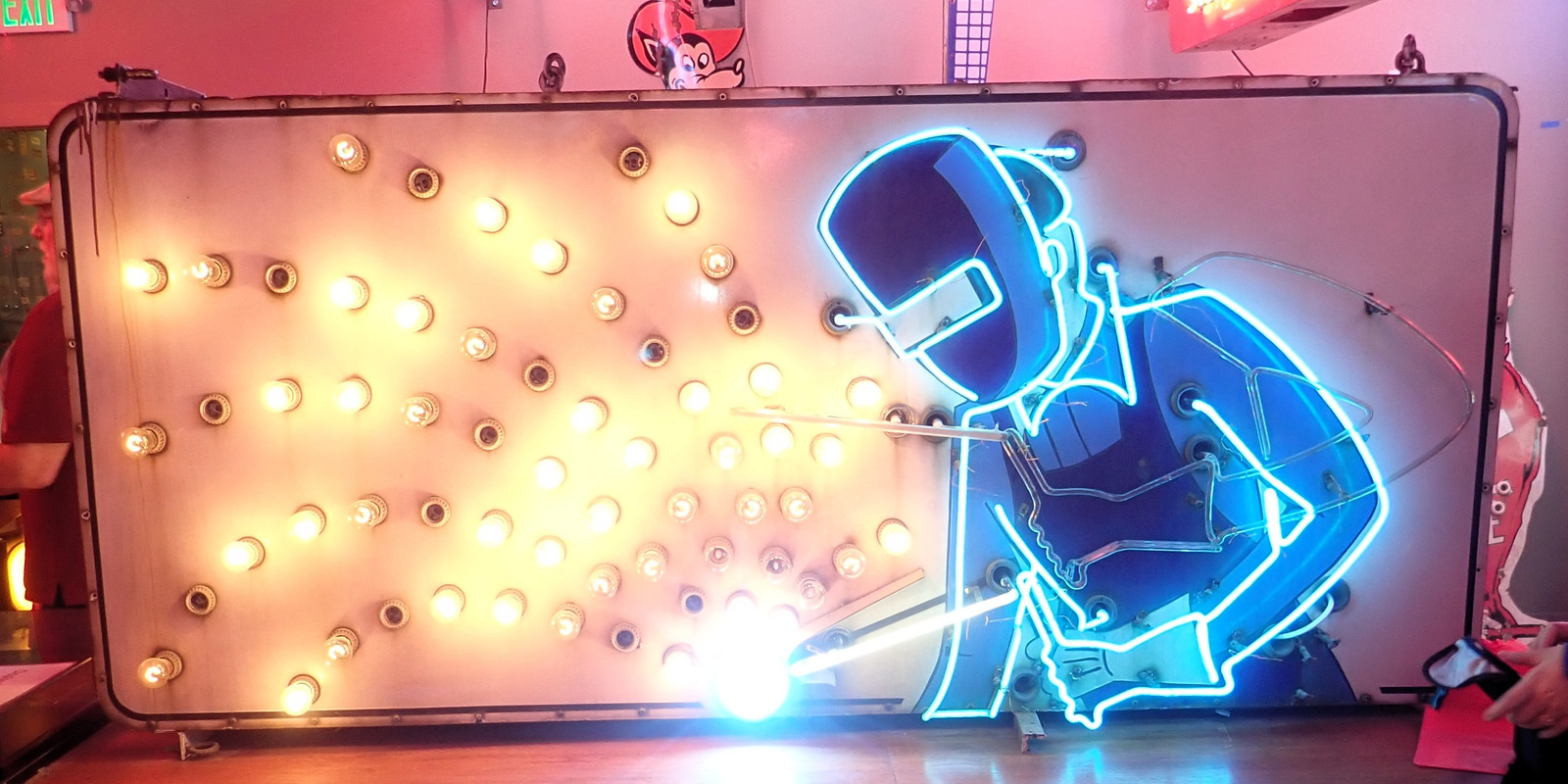
The other position has the welding rod up and the sparks off. You can see the tubes for the other position if you look, but with how bright the lit tube is, the effect is darn good!
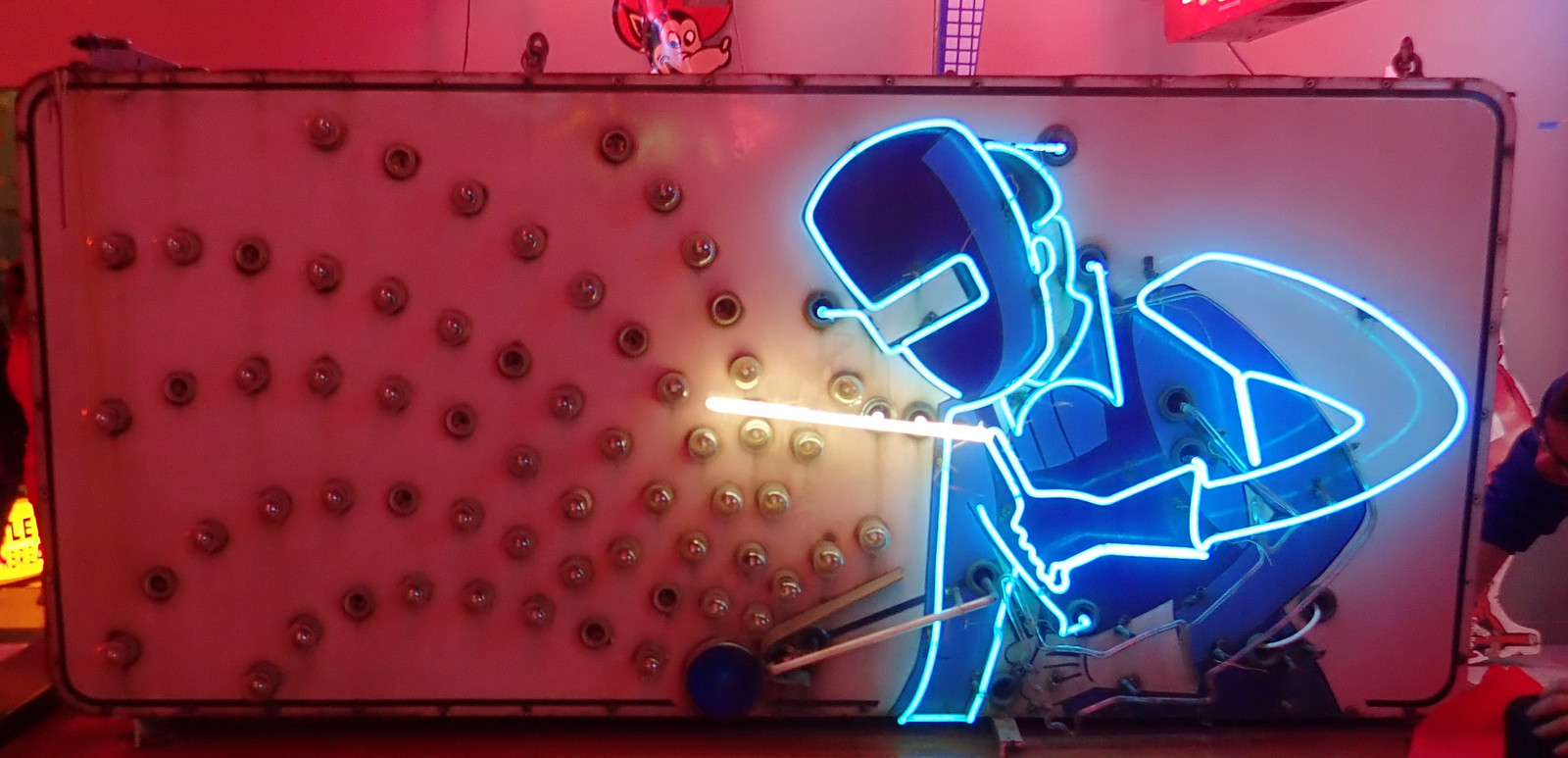
All of this is driven by some mechanical controllers in the side. An eccentric on a motor is used to drive the sparks (the four circuit gizmo at the bottom), and another timer toggles between the two positions. Fun with solid core wiring, and I doubt whoever originally assembled this ever expected it to be featured with a clear side in a sign museum many decades in the future!
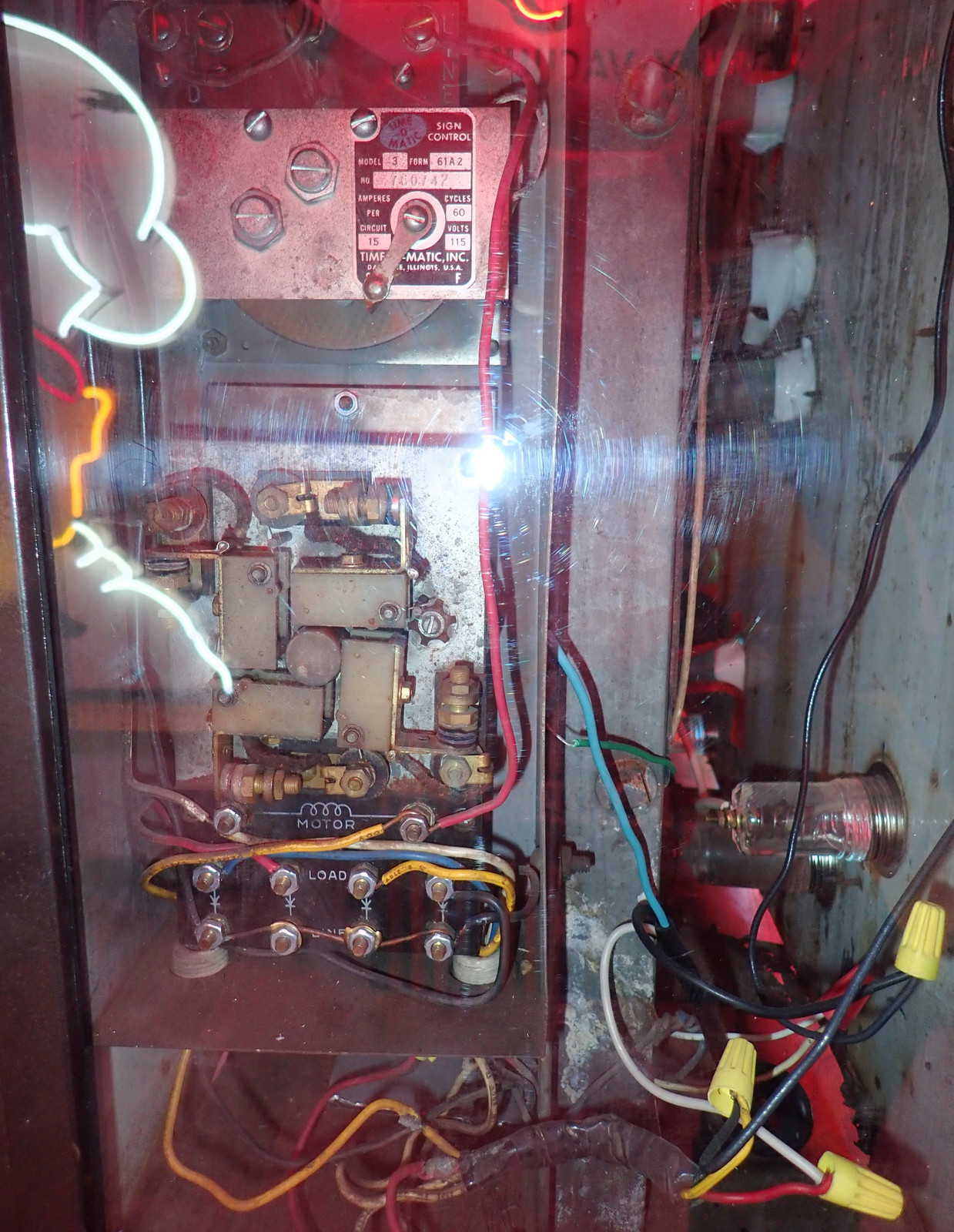
More signs!
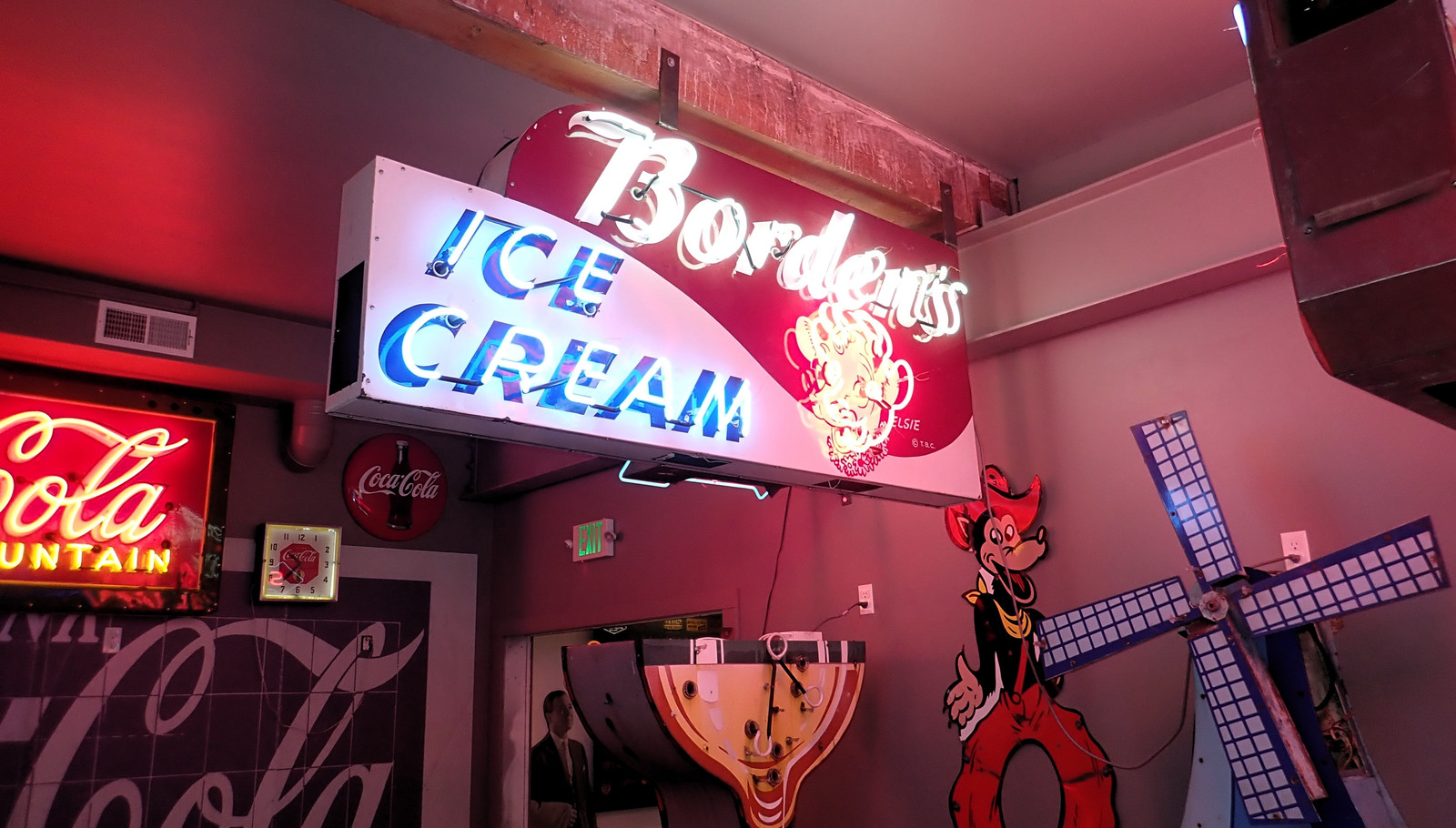
And, a nice old Coca Cola sign. During the Great Depression, as everyone else was cutting spending on advertising, Coca Cola increased their spending. The results are obvious in retrospect - everyone knows Coca Cola, and it’s one of the most-recognized logos around the world. Their advertising department earned their money, as much as they were fundamentally selling some fizzy brown sugar water (after they had to drop the good stuff from it).
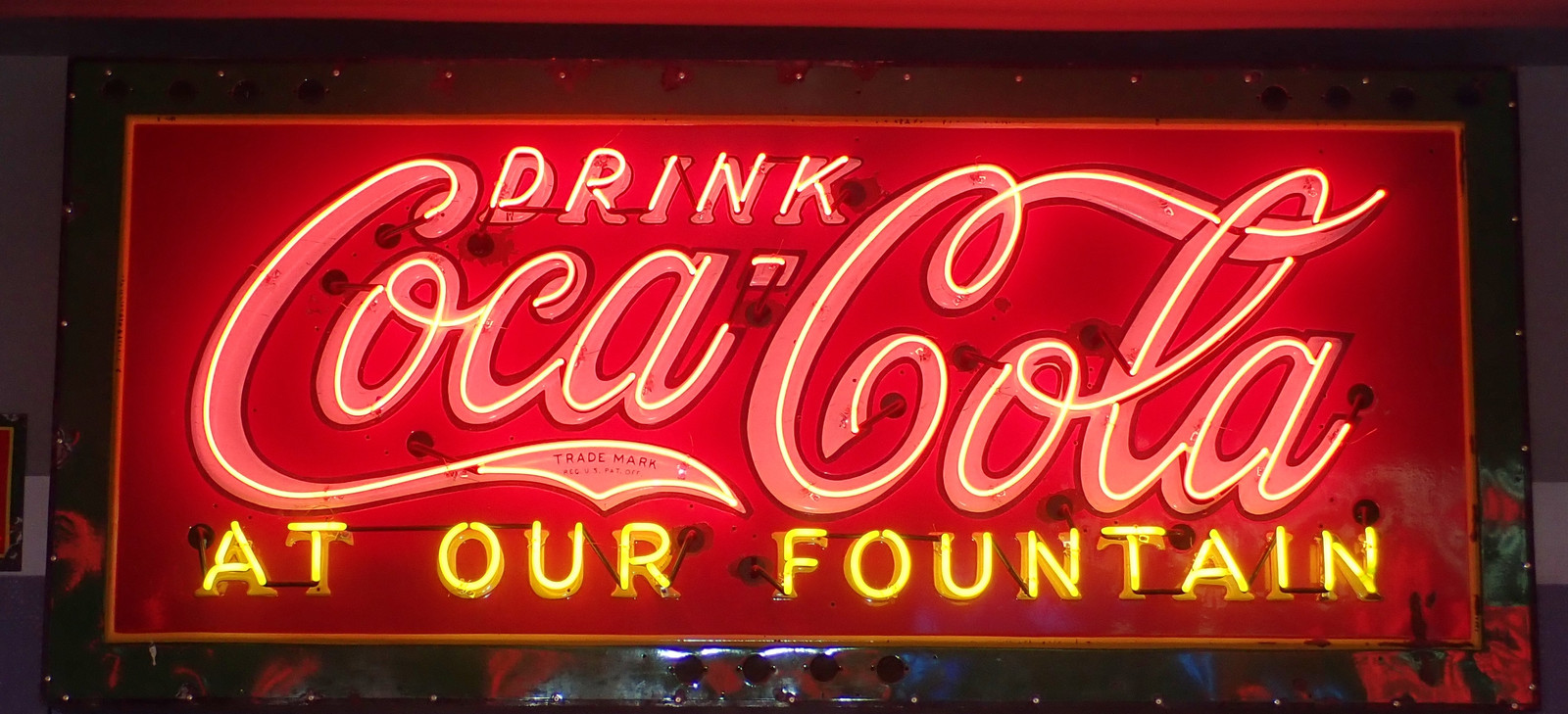
The Upstairs Ballroom
The museum is still very much under construction, with the basement and some other areas being worked on - but, upstairs, the grand ballroom is now something very unique! It’s a collection of vintage storefronts, with period neon!
But, first, you have to go past Ronald. This is a statue that, far as I can tell, started production in the early 90s, and is quite familiar to those of a certain age range. I hadn’t seen one of these in decades! And we totally got pictures of our kids with Ronald.
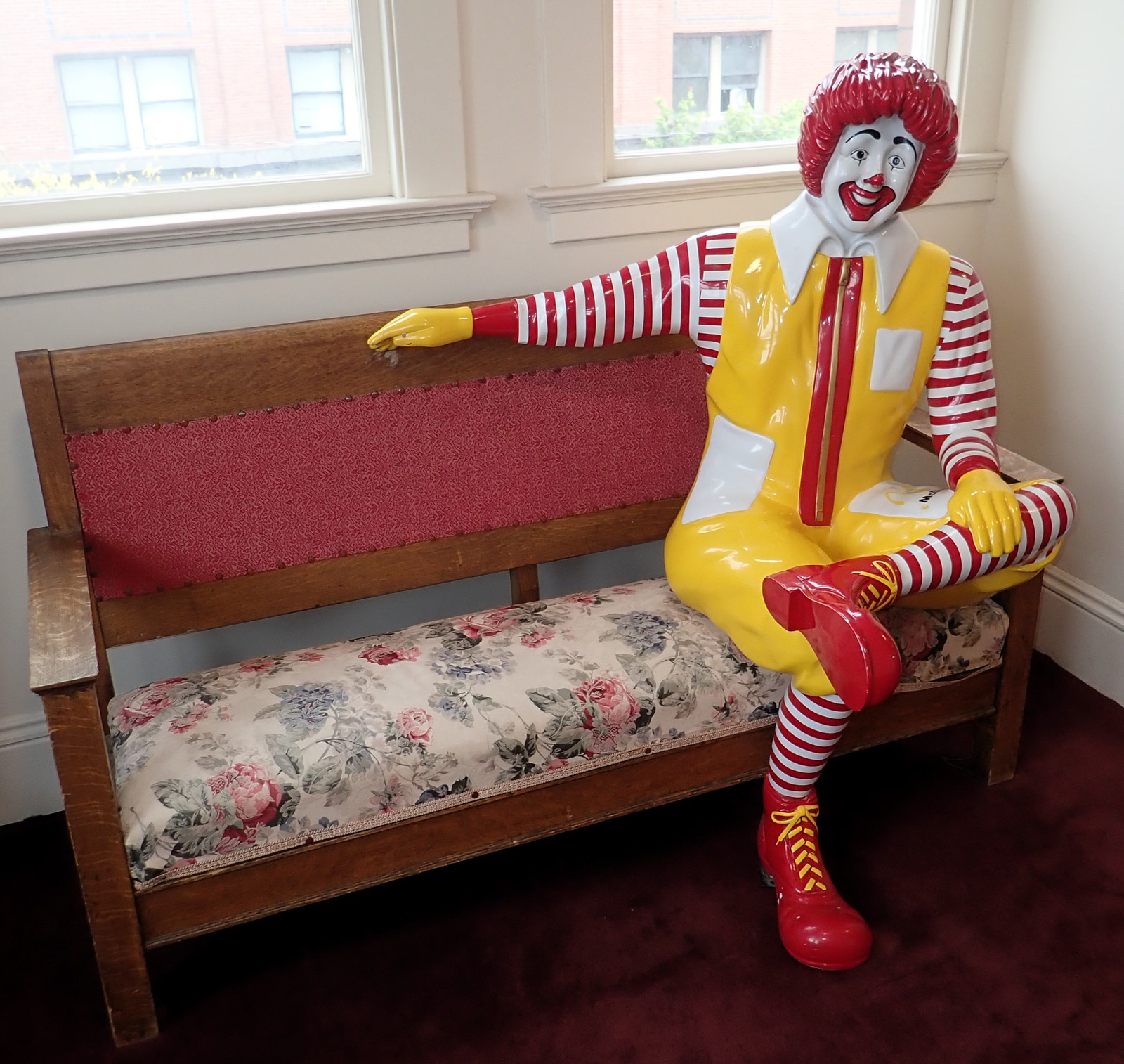
As you come around the corner, you’re greeted with… a downtown. On both sides of the ballroom floor, with the stage up front. It’s an odd effect, but it’s quickly clear that, in a neon museum, everything is highlighted with neon tubes of some variety or another!
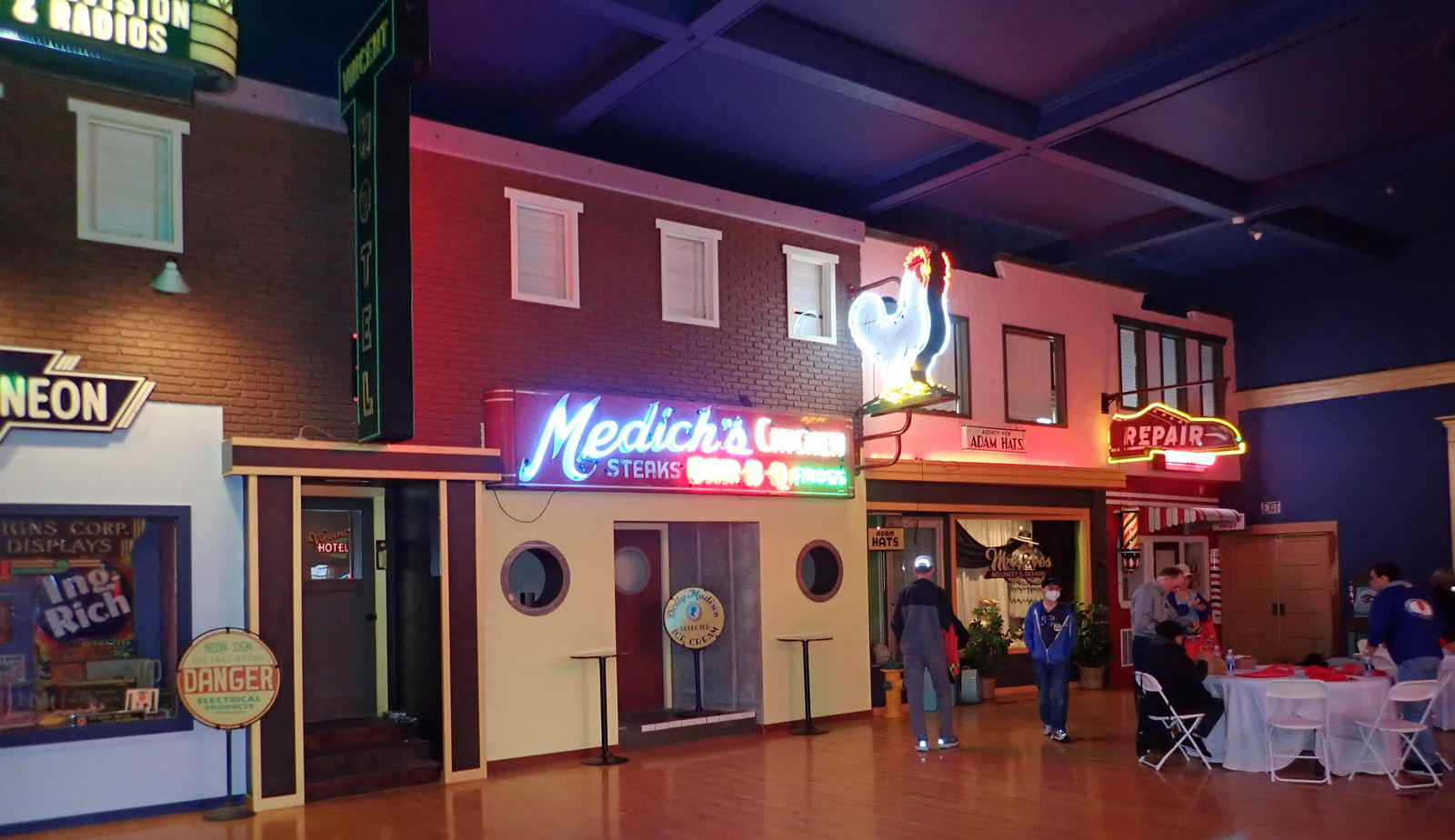
The kitchen area is the “Town Pride Frozen Custard” shop - they do banquets up here, and our car club had lunch here. The effect works - it really does feel like an old street front. I’d love to know more of the story of some of these signs and where they came from!
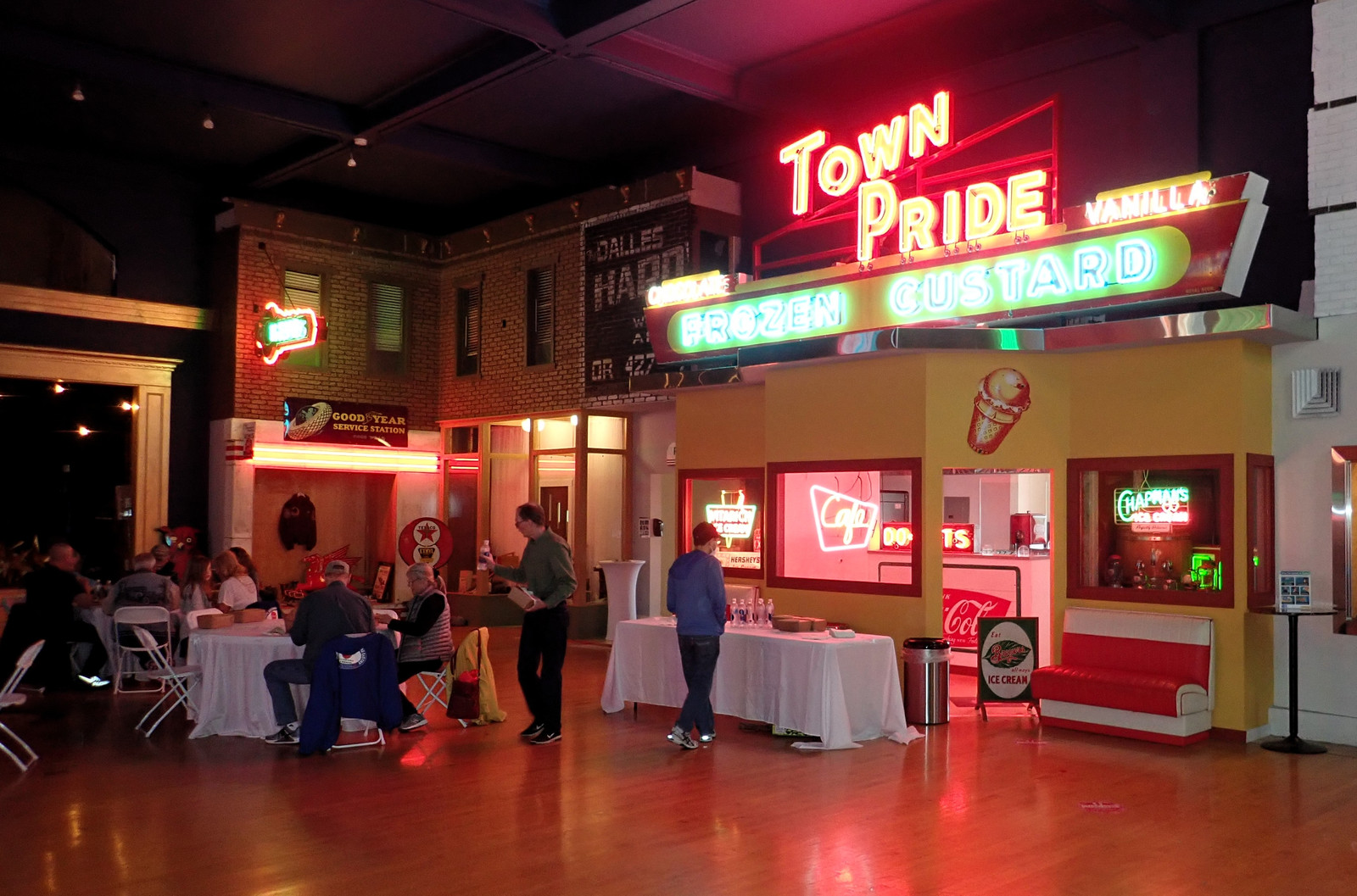
What decade is this? I love it! Remember, all these tubes are hand-formed!
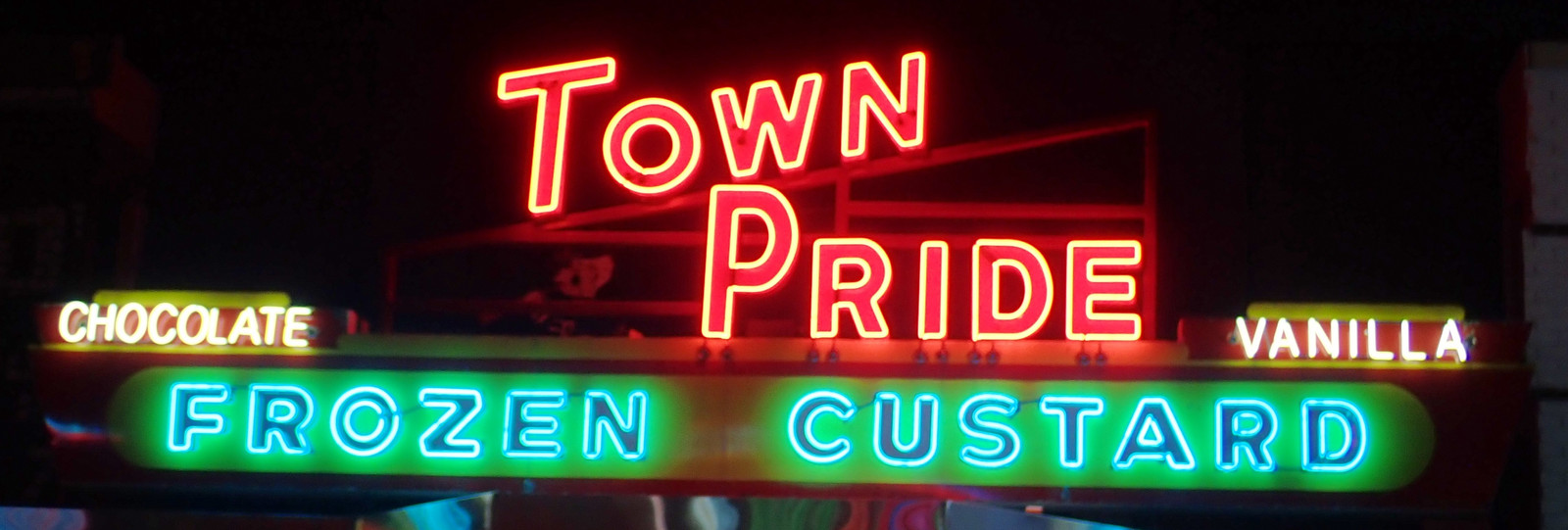
It’s hard to photograph some of the display windows, with all the reflection of neon in the background. The general theme is “neon, automotive.” The peak of neon was aligned, in some ways, with the peak of “American Motoring,” so a lot of the signs are related to car repair/parts. Older cars did tend to need more work than the modern variety…
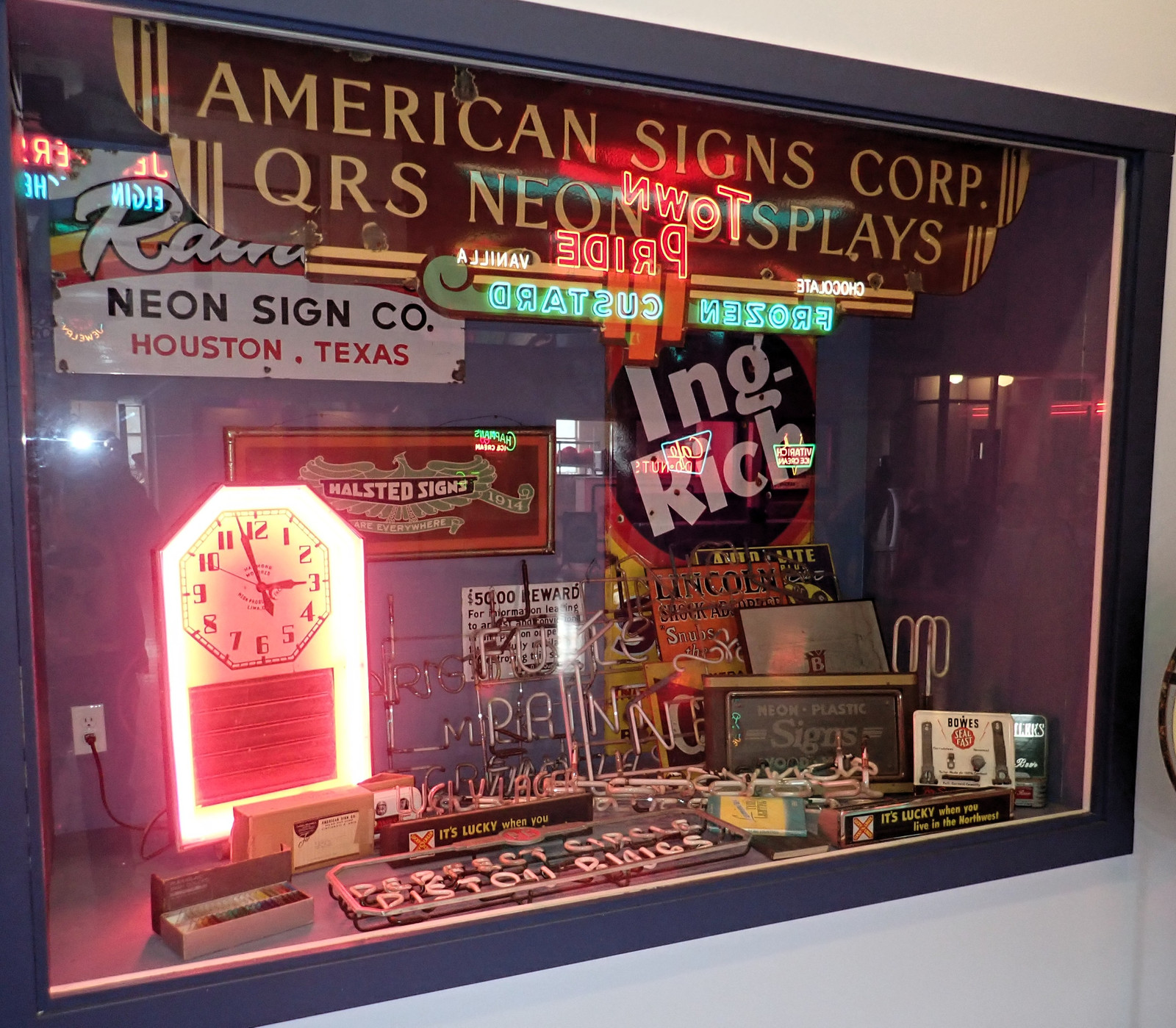
Bowes Seal Fast Battery Cables - for smoother motoring! Corrodeless Terminal, Tailor-Made for 100% contact, with Full Current Capacity! I’ve generally not found bad battery terminals to interfere with smooth motoring once the engine is started, only with the actual starting process. But they’re pretty solid looking battery terminals!
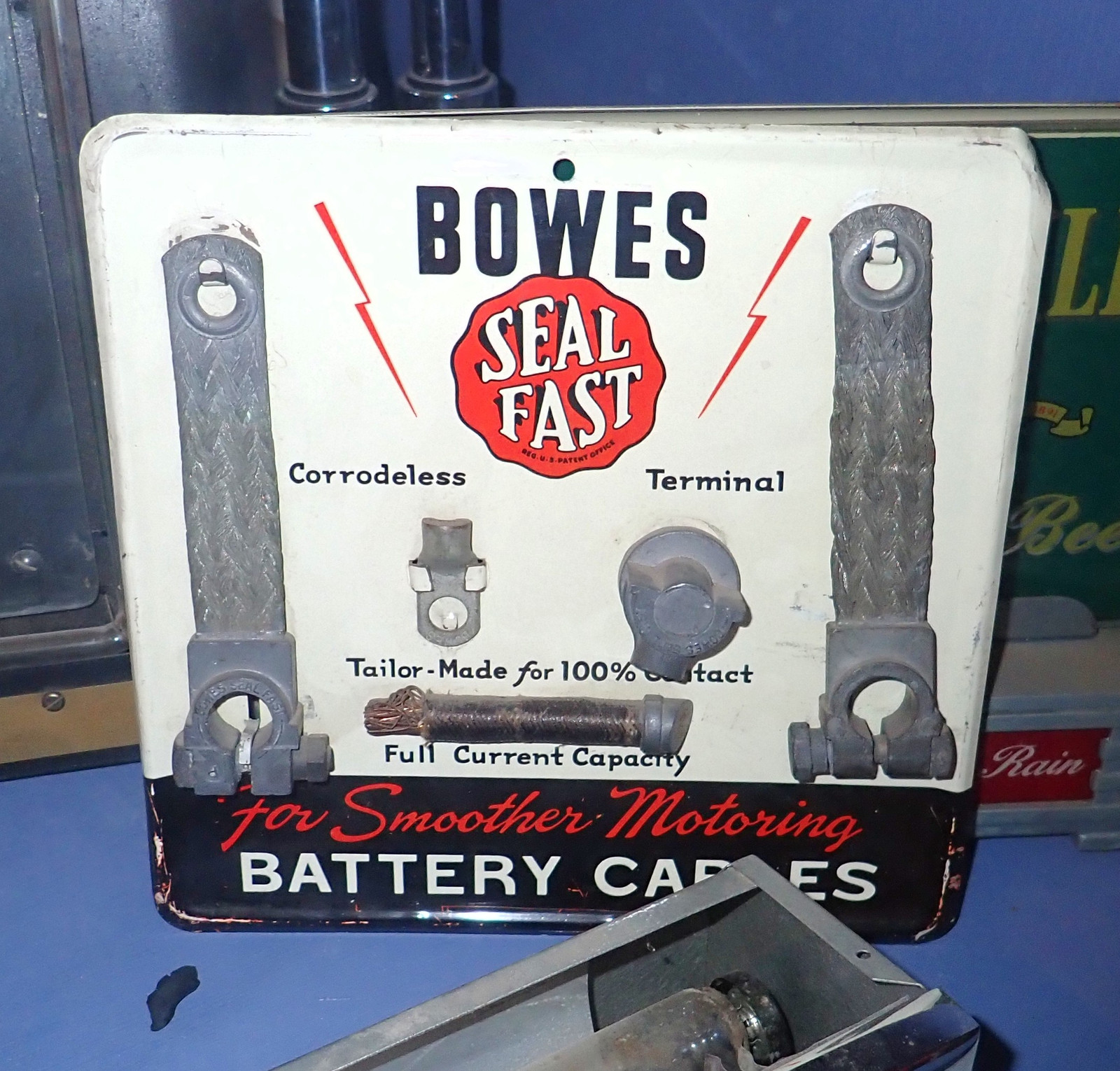
Perfect Circle Piston Rings. You can see the blackout paint used in the “non-lit” chunks of tubes here, and this one absolutely looks an early hand-formed sign.
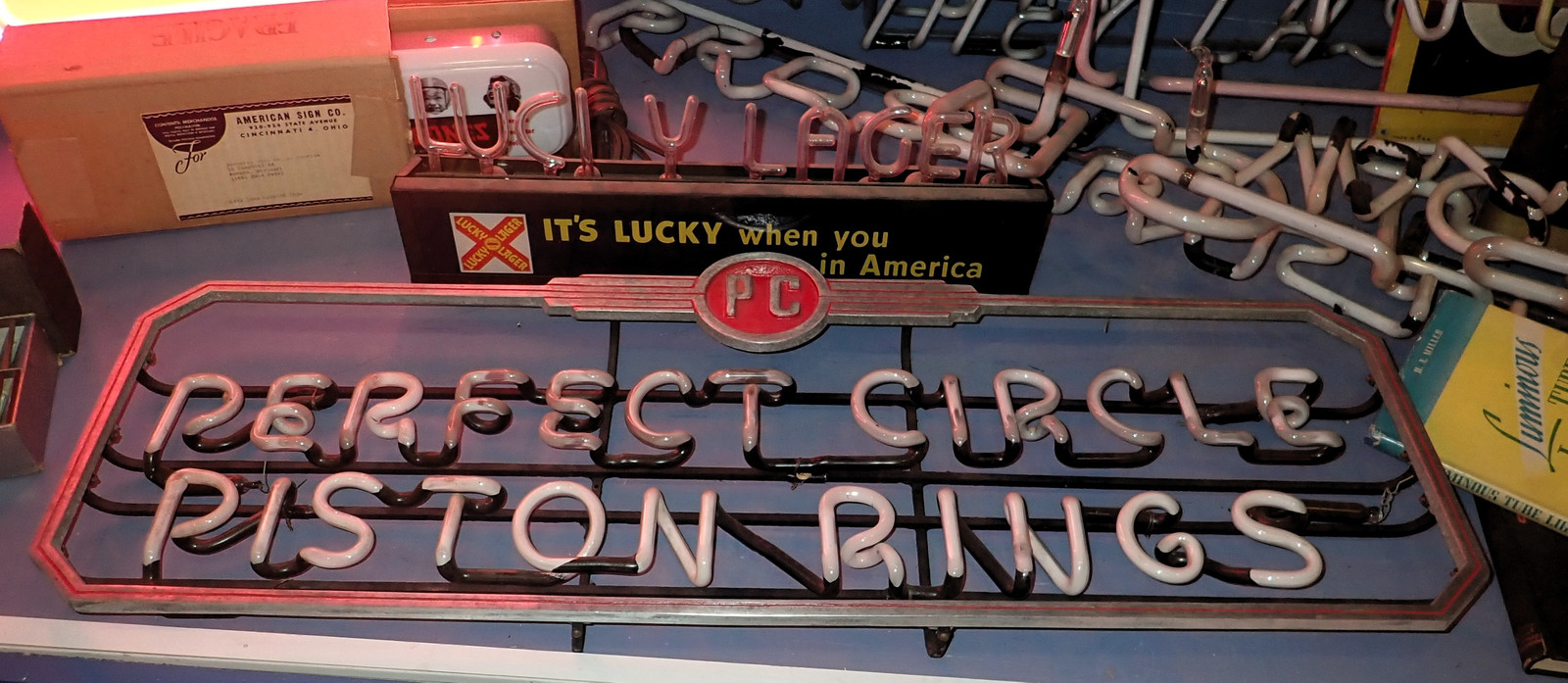
Carburetors, intake manifolds, the Mobil Gas Pegasus, and assorted other engine bits.
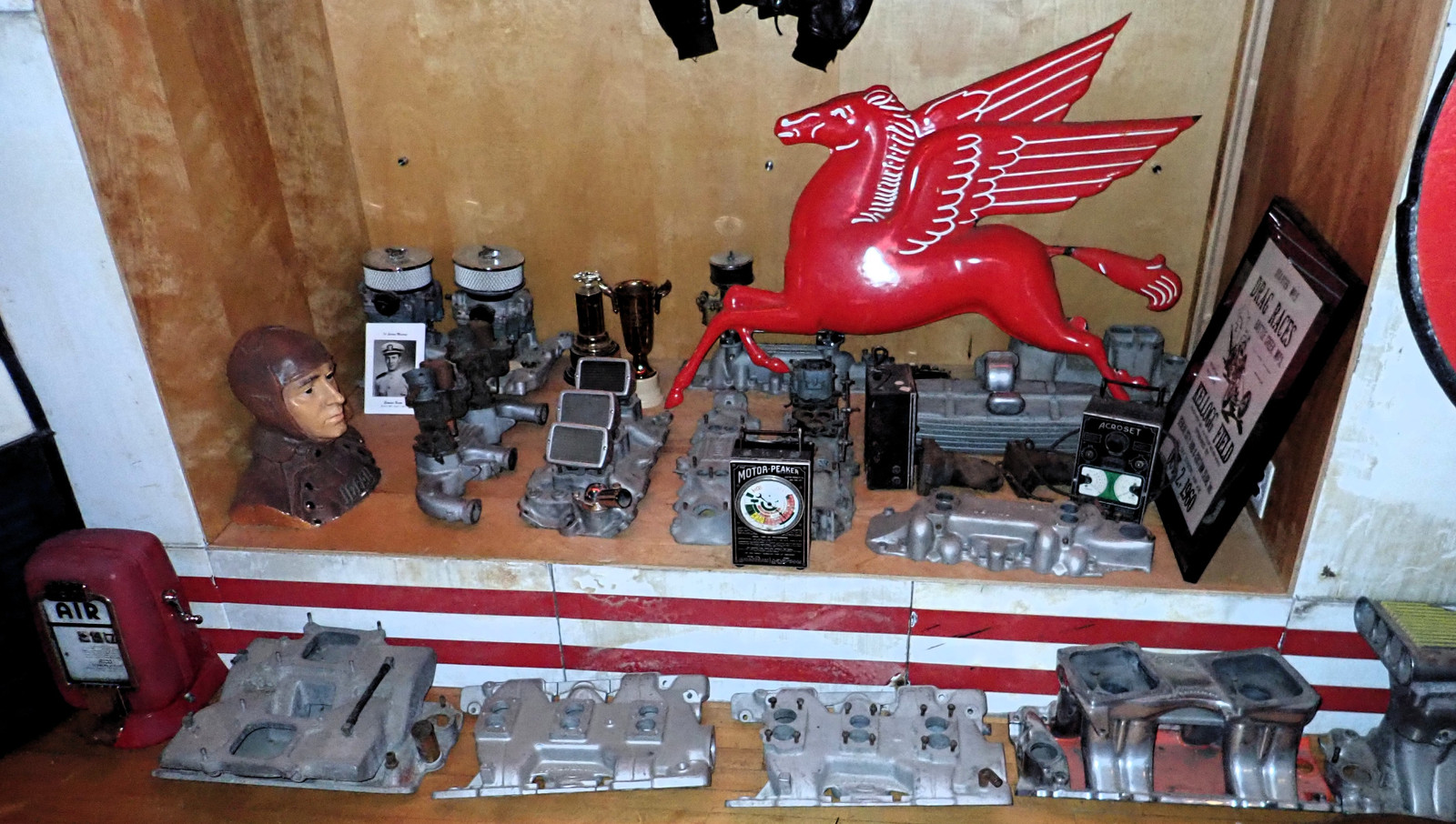
A vintage Motor-Peaker vacuum gauge!
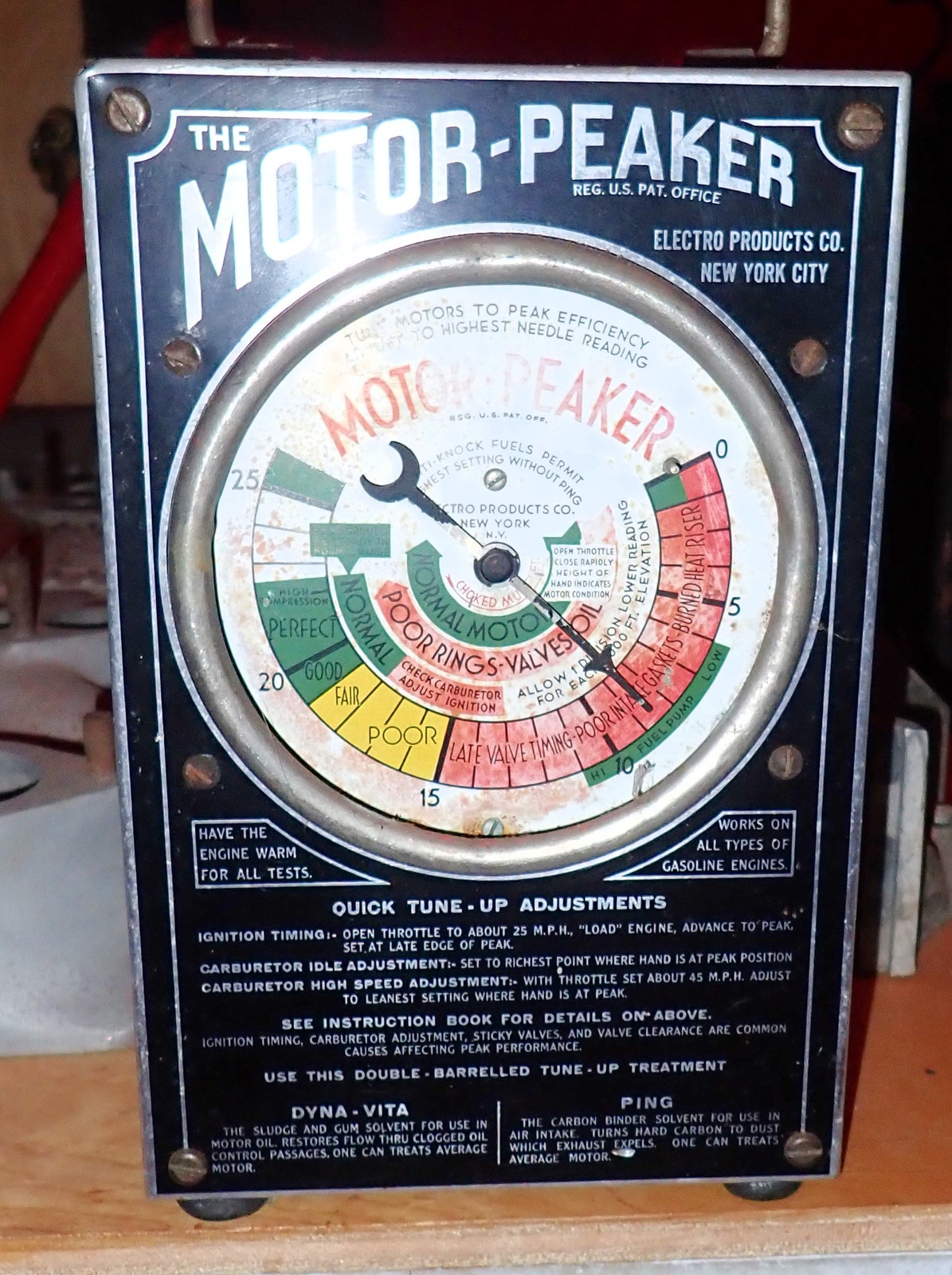
On the stage, an old organ (condition unknown) that looks like something straight out of Snow White and the Seven Dwarfs. It appears to be of the “foot pumped” variety, so probably, with a lot of work, could be made to operate if it’s not currently operational.
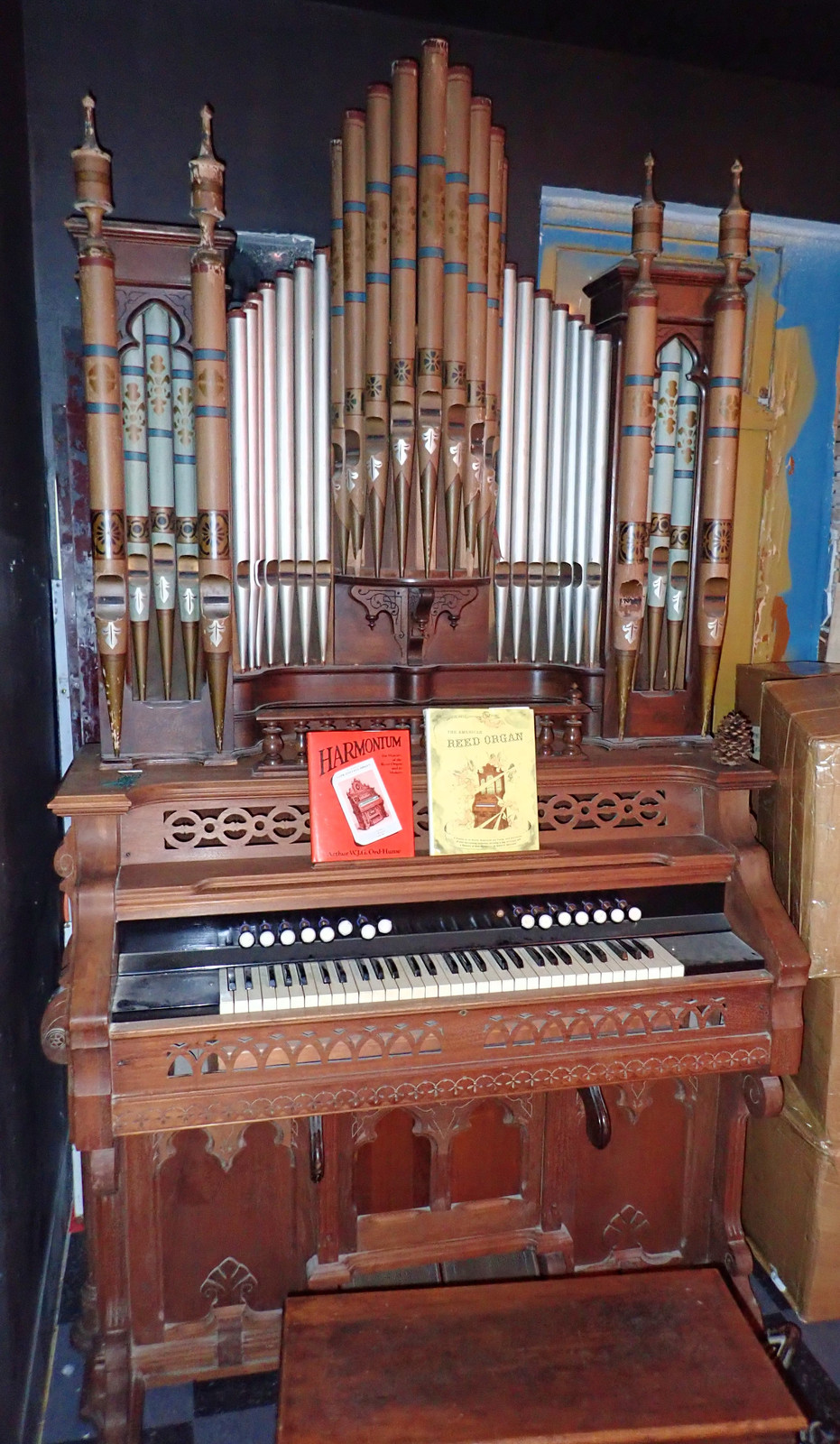
Continuing around, the back is similarly set up with more neon-era shop fronts. It’s a wonderful, slightly bizarre space!
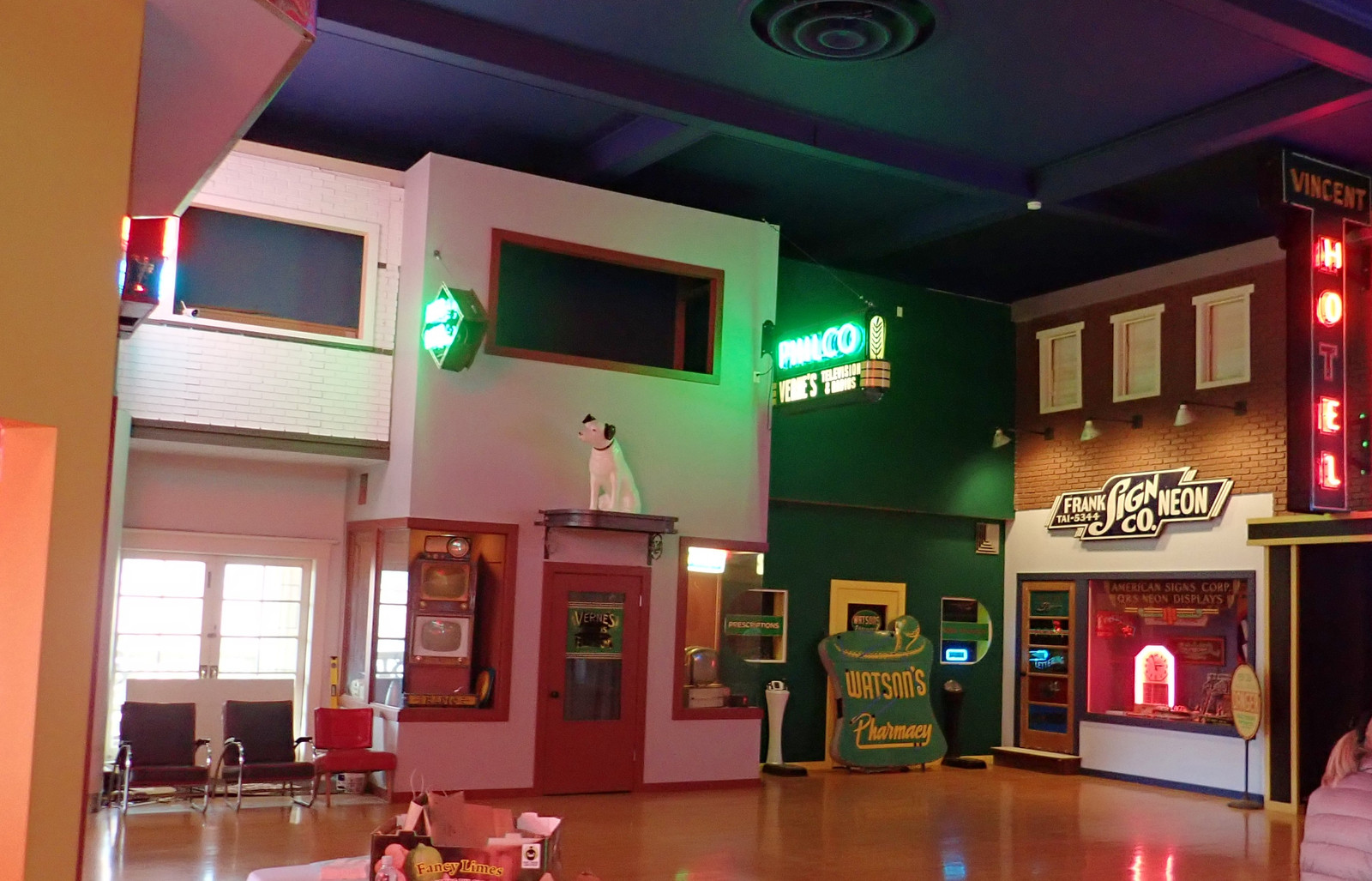
Watching The Incredibles 2, the TVs stand out as “weirdly futuristic, but certainly not a real thing.” Except, they are. They’re heavily based on the Philco Predicta. If you don’t think these look wonderfully “retro futuristic,” there’s probably something slightly wrong with you. What happened? We went from consumer electronics like this to “everything being a black rectangle with as little bezel as possible.” Sure, I get the focus on the content, but… come on. These look absolutely incredible.
Also, if you’re a video person wondering about the “TV Safe Area” in a video file, these ought to offer some hints. But, man. Why can’t we make electronics like this anymore? They’re not only functional, they’re a work of art themselves.
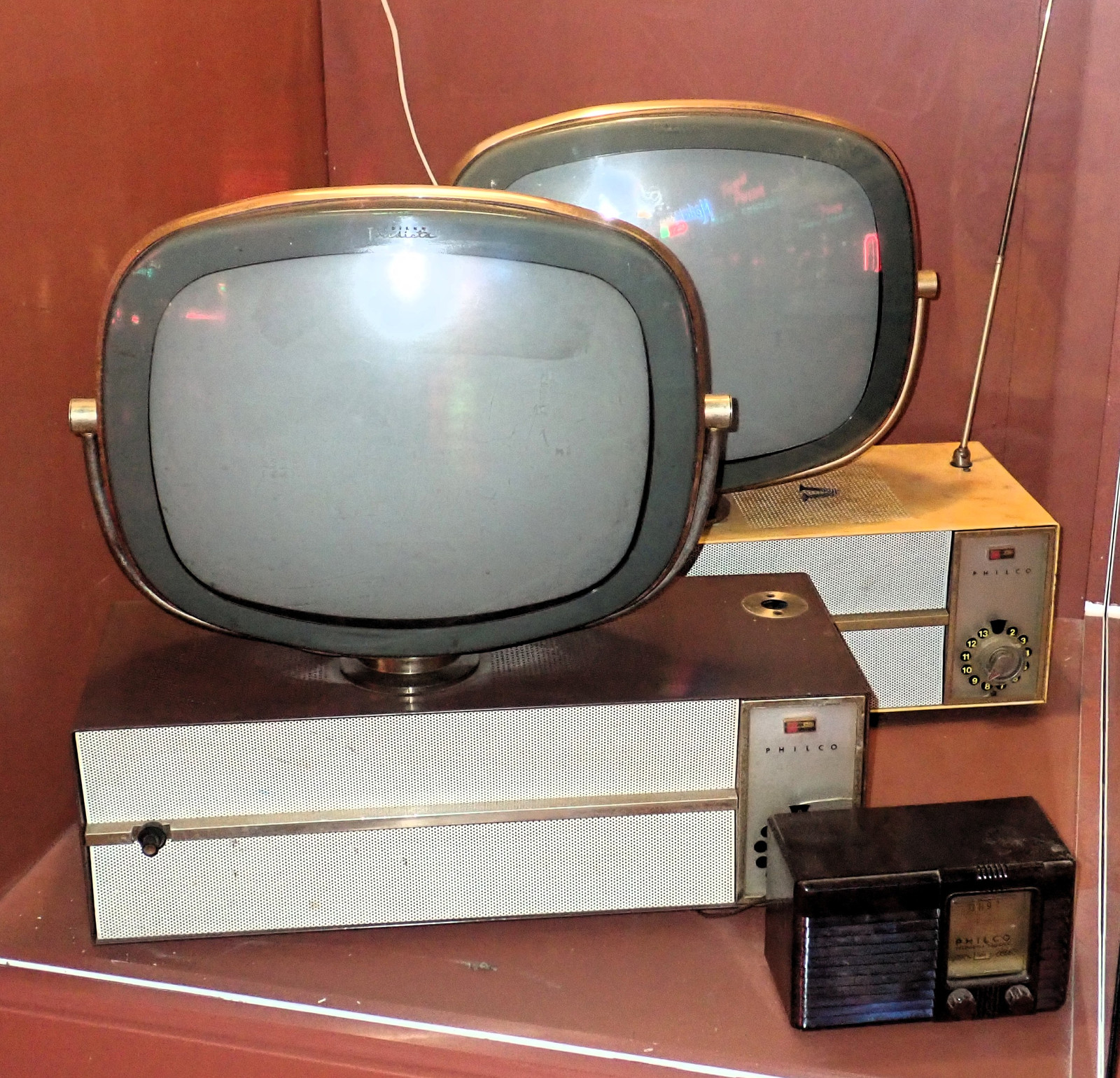
Our car club had lunch here, and the whole space was just well suited to such an event!
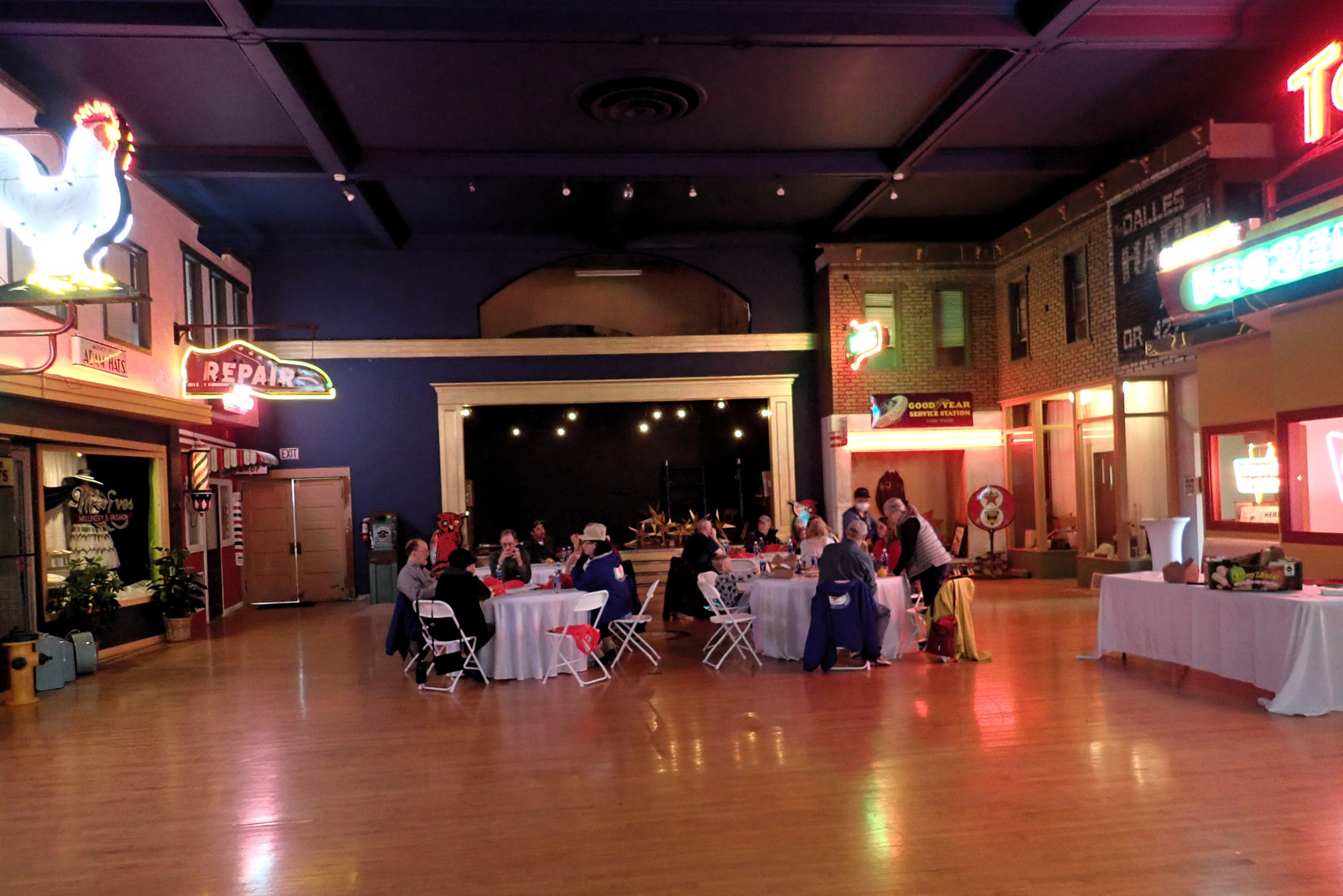
If you find yourself in The Dalles, go give it a visit. If you have a thing for neon… well, it’s worth a trip to The Dalles.
Columbia Gorge Discovery Center & Museum
With some spare time, we also went to a museum just outside The Dalles. This is a great history of the push west, and while I didn’t take a ton of photos, the place is absolutely worth a stop if you like historical museums of various regions.
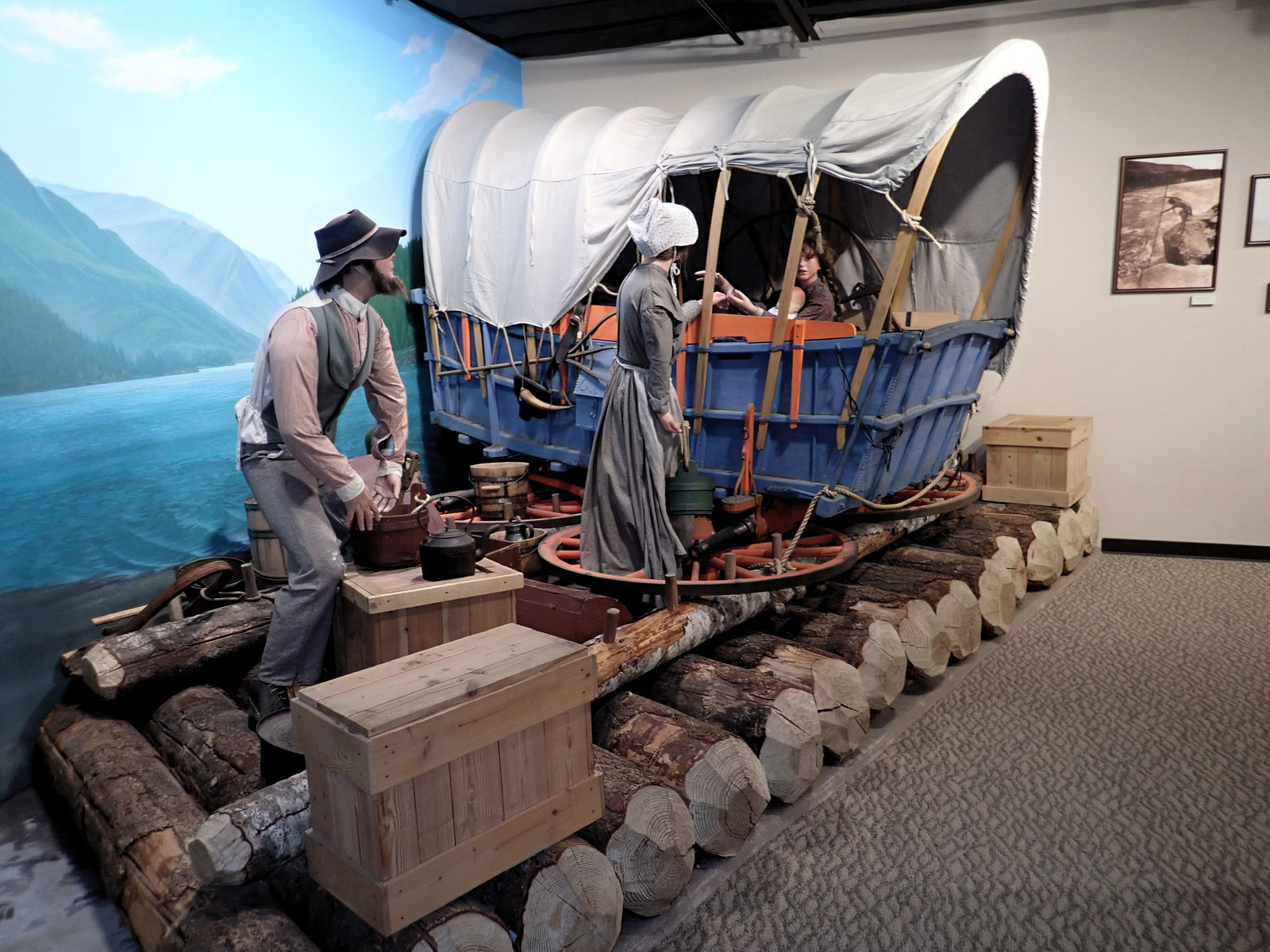
Included in their exhibits are things like an old pilot wheel, believed to be from the steamer Yakima. It’s huge. Before power steering gear on ships, one needed an awful lot of leverage to keep control of things.
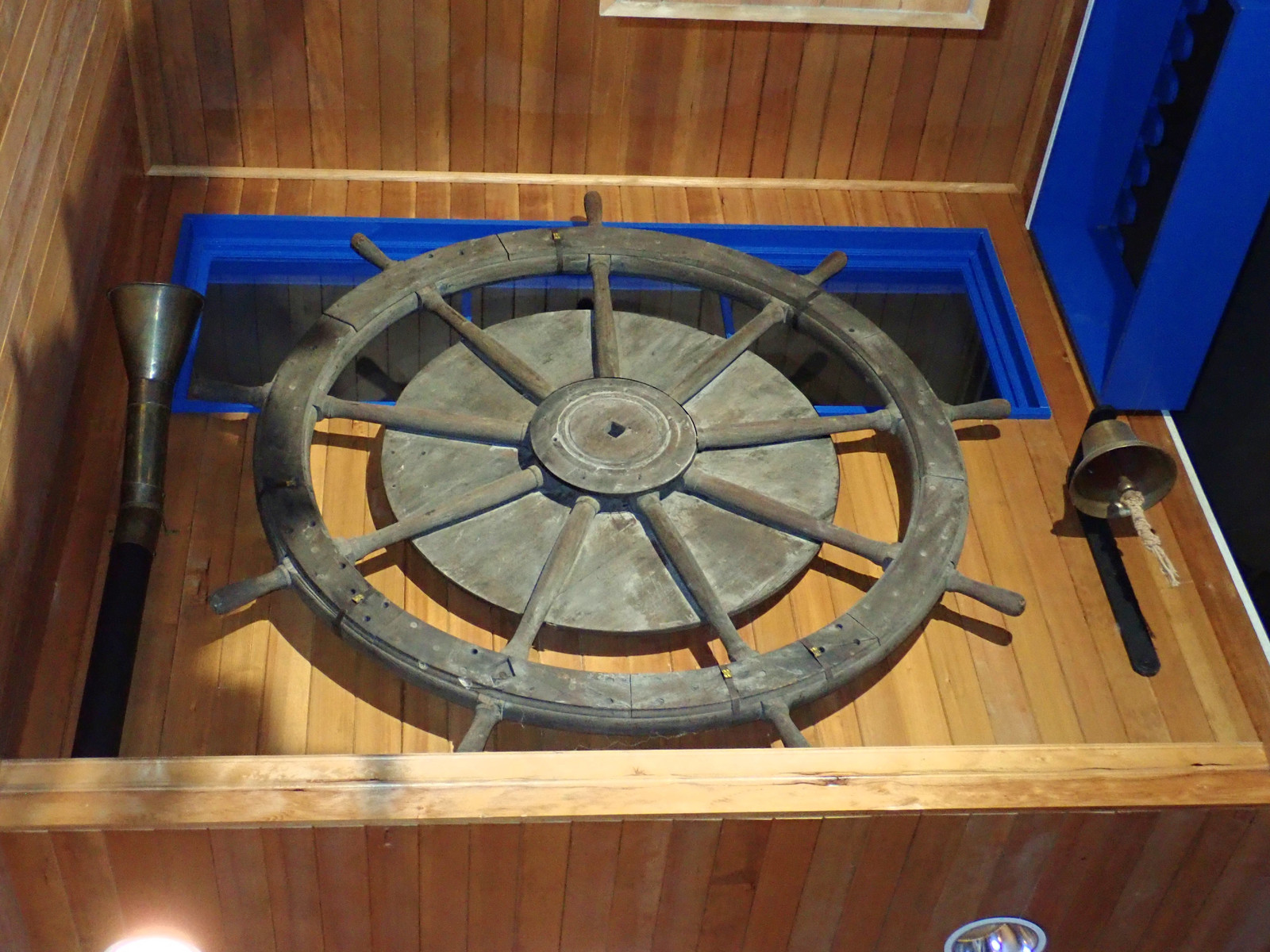
What does it take to sew leather for things like saddles? A sewing machine that’s built like a wonderful piece of industrial factory machinery - because it was exactly that. This thing is stout. The hopper on the top is for hot wax that was used to create waxed thread on demand.
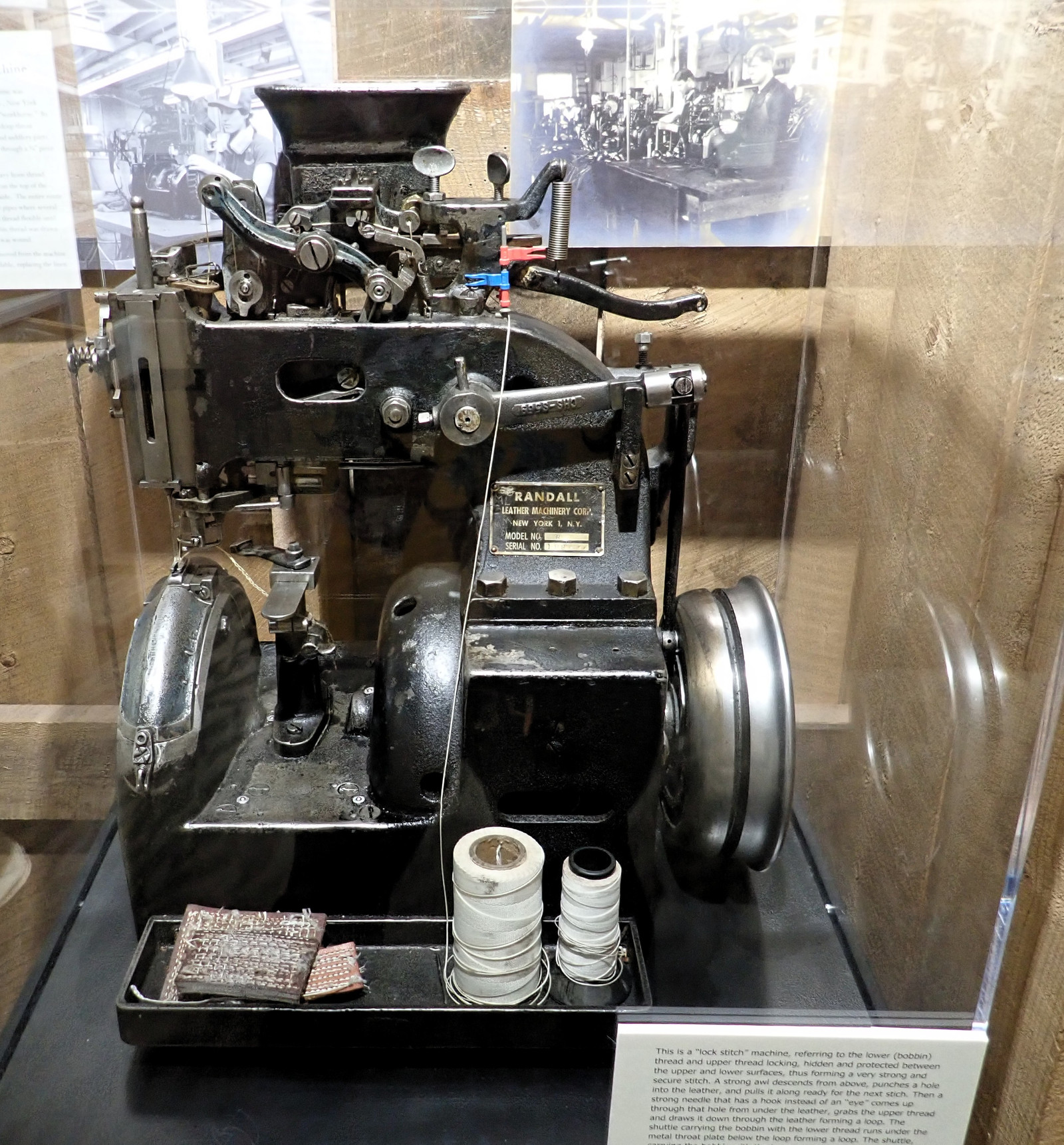
Finally, they had a wonderful presentation on raptors from one of their volunteers who absolutely loves sharing about birds. This American Kestrel is named Hank!
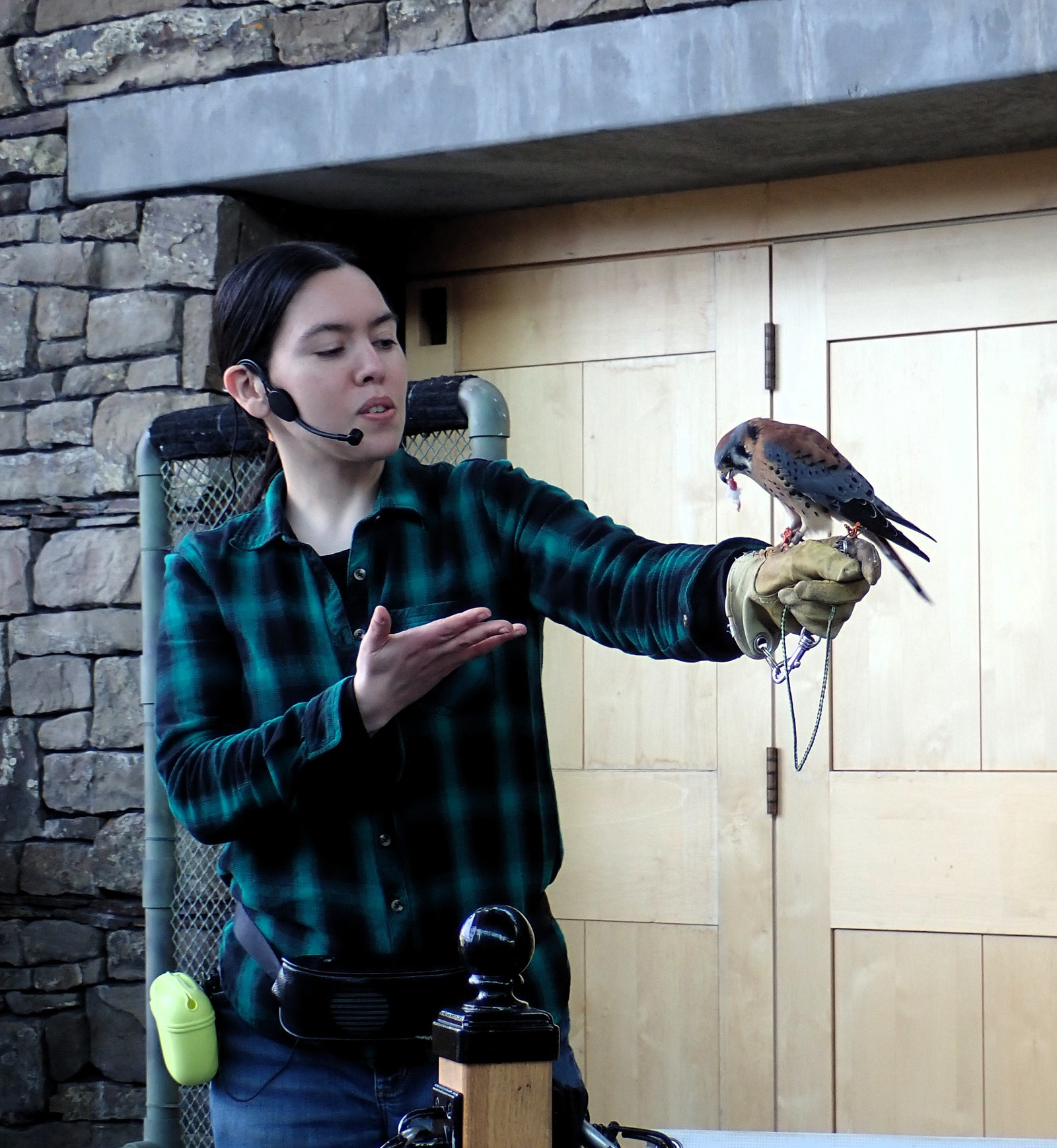
Rolling Back
Coming back was the same as going out, but in reverse. With a few very, very long coal trains on the south track along the river.
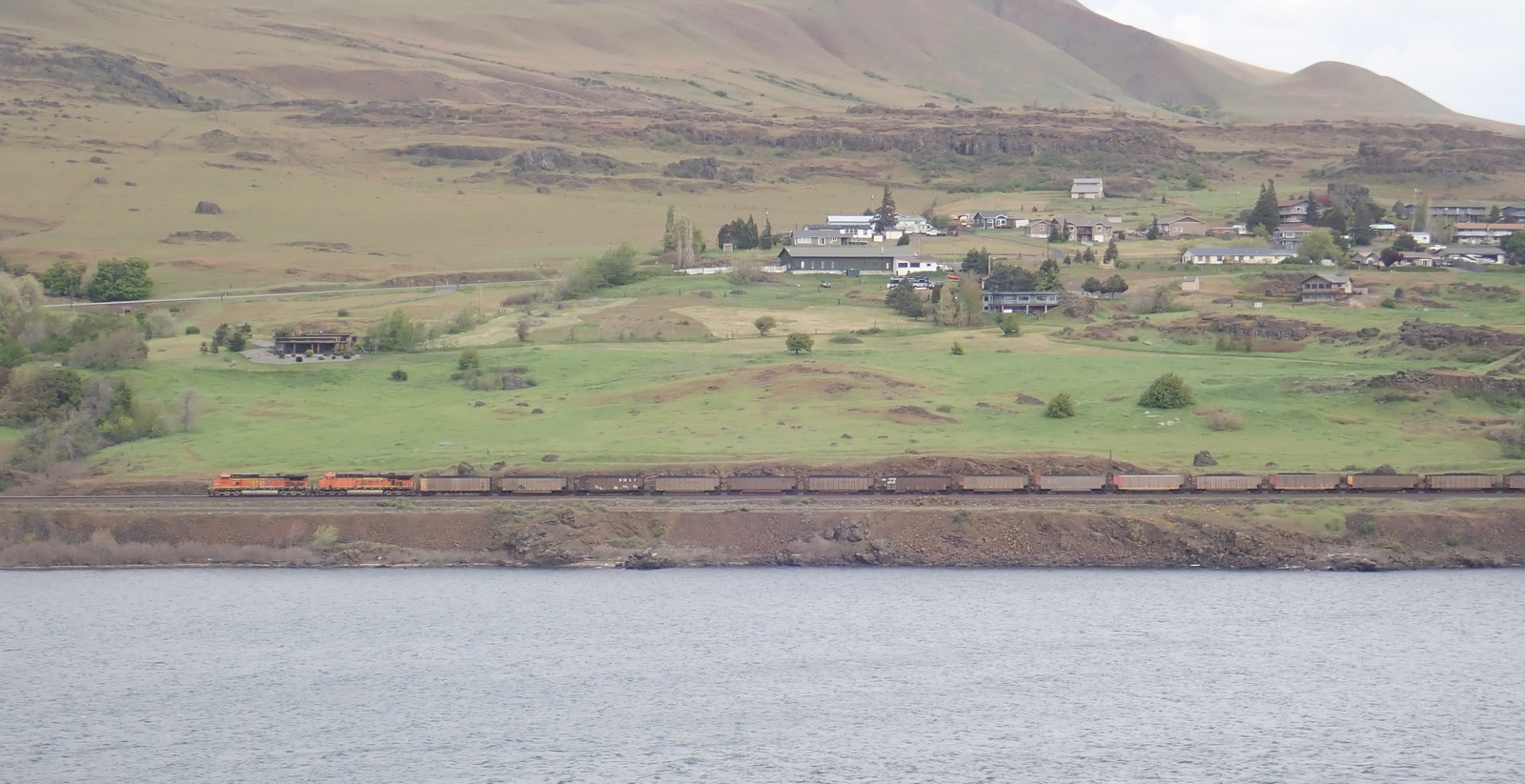
Yet another successful trip in the Volt!
Oh, and I got a new toy! I’ll get this bit of gadgetry reviewed soon, but it’s been exceedingly useful so far!
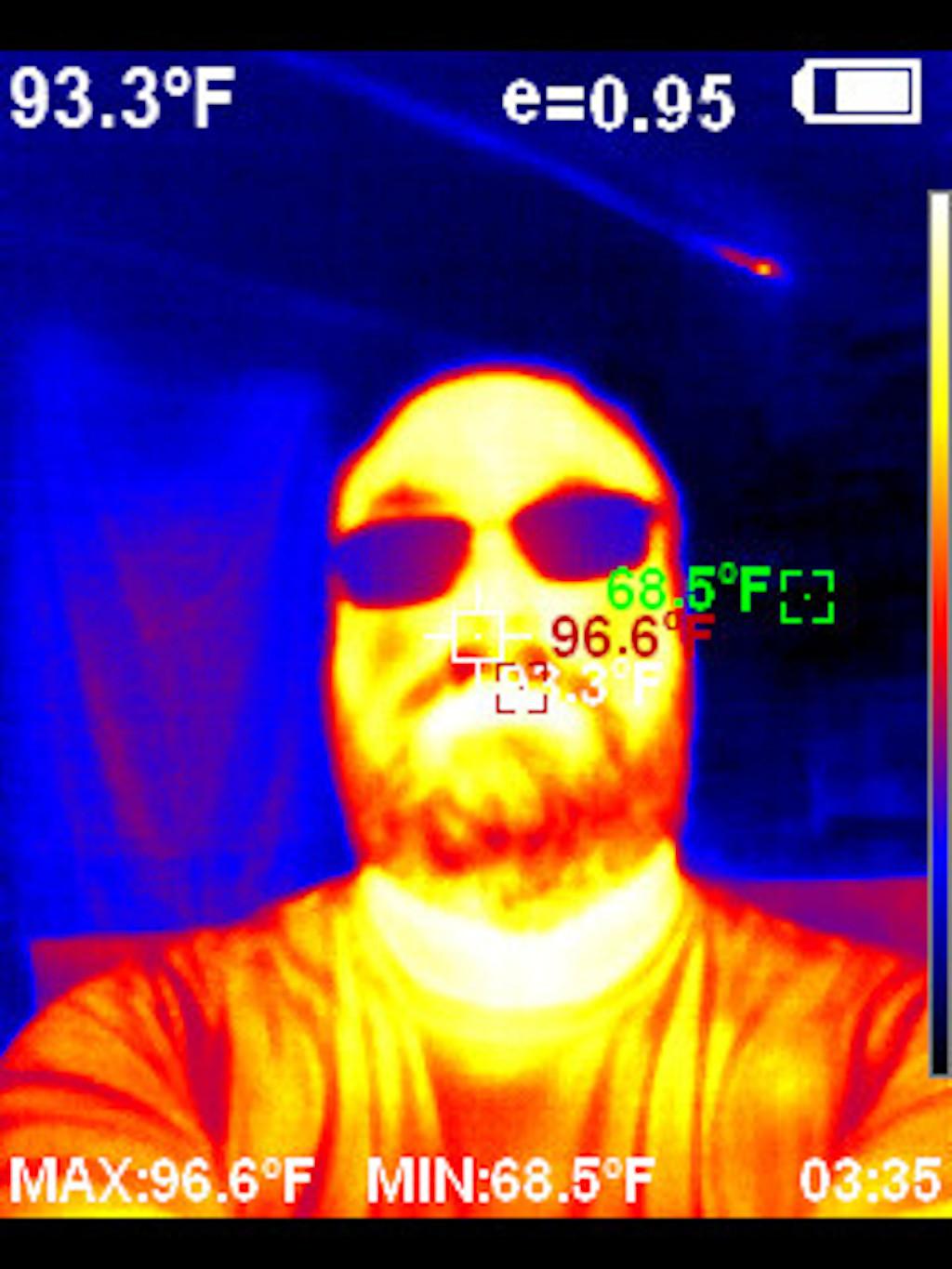
Comments
Comments are handled on my Discourse forum - you'll need to create an account there to post comments.If you've found this post useful, insightful, or informative, why not support me on Ko-fi? And if you'd like to be notified of new posts (I post every two weeks), you can follow my blog via email! Of course, if you like RSS, I support that too.
